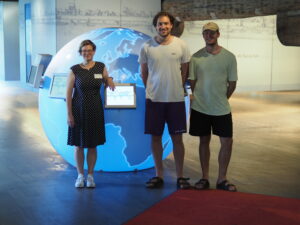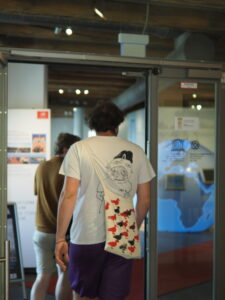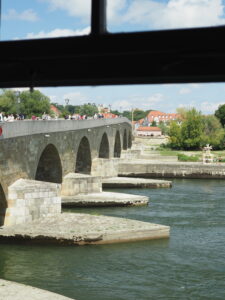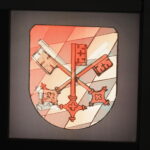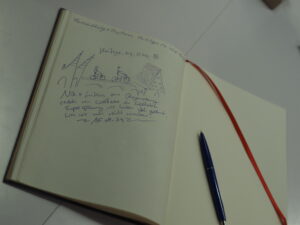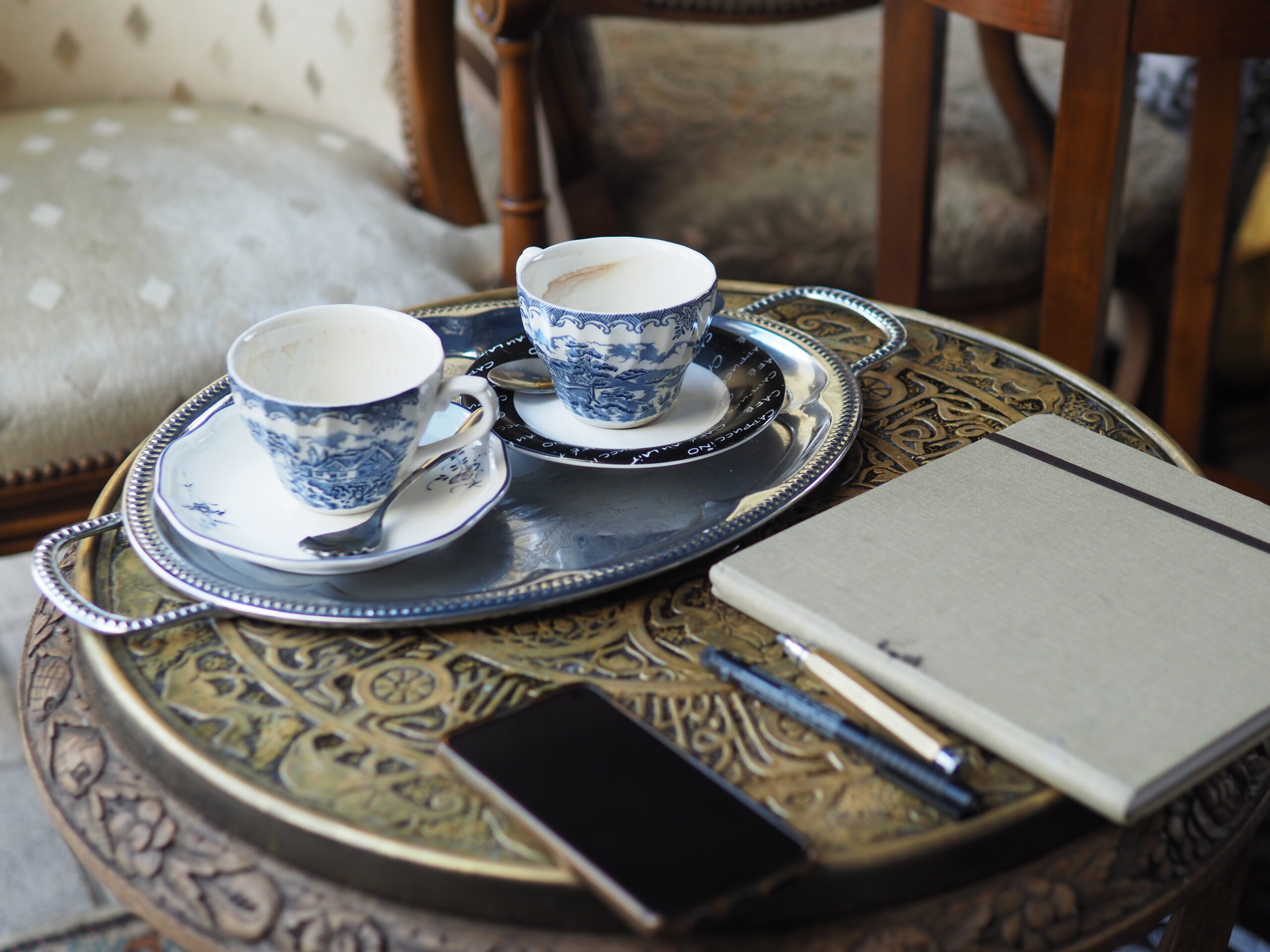 our goal was to fill a sketchbook of our travels. we saved nice memories or details that we thought were most representative of us and our concept.
our goal was to fill a sketchbook of our travels. we saved nice memories or details that we thought were most representative of us and our concept.
here it is:




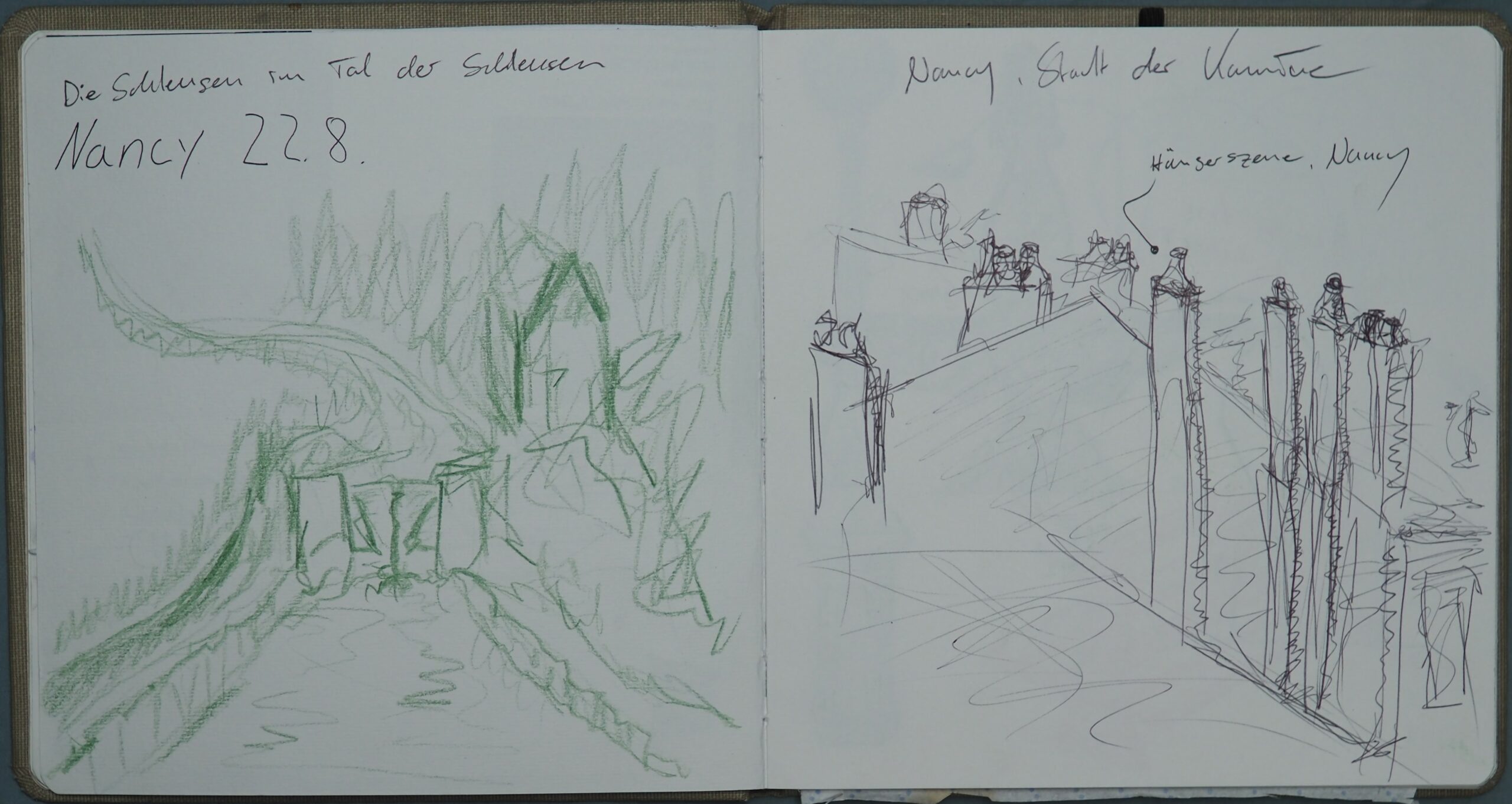

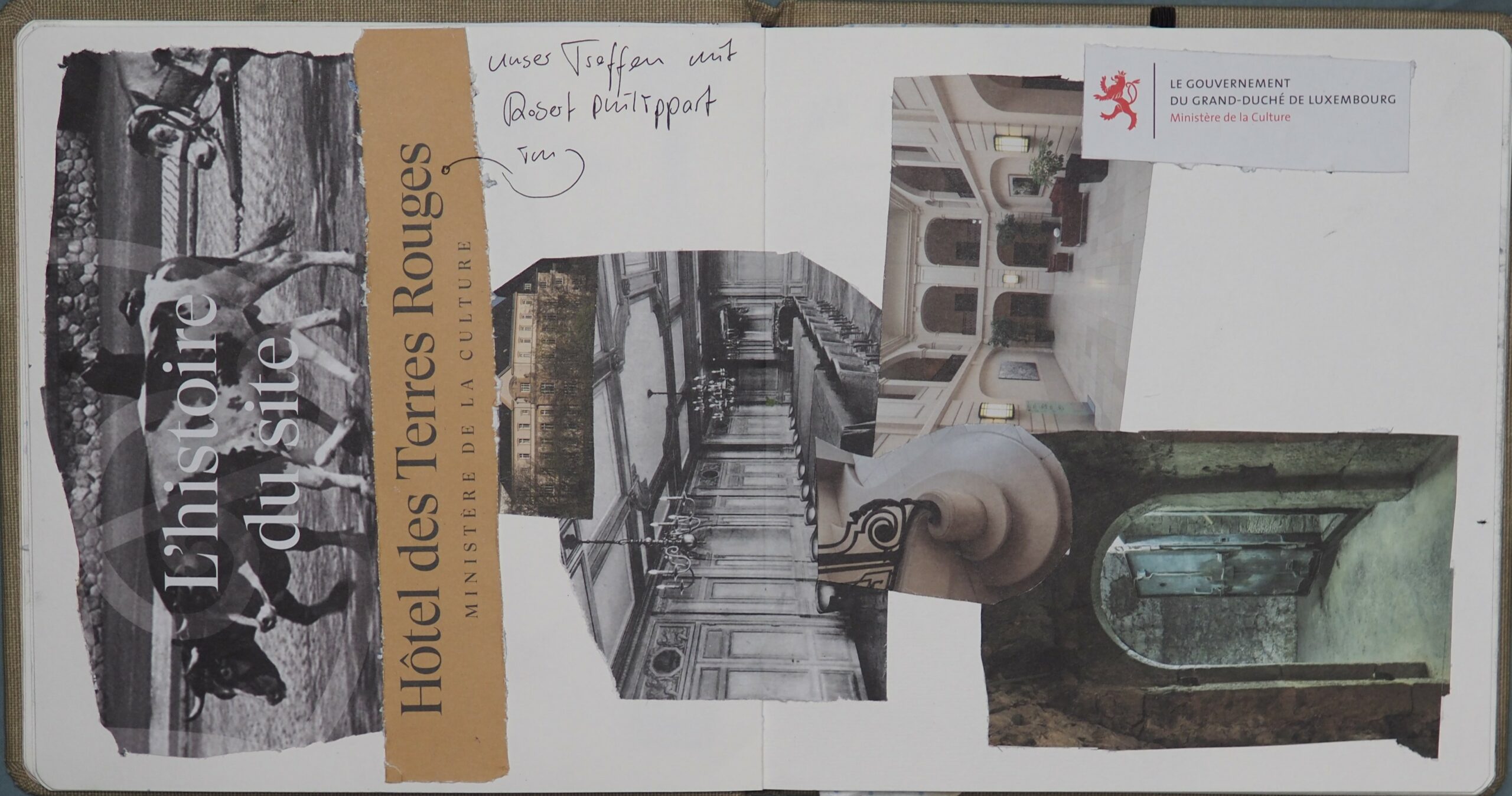


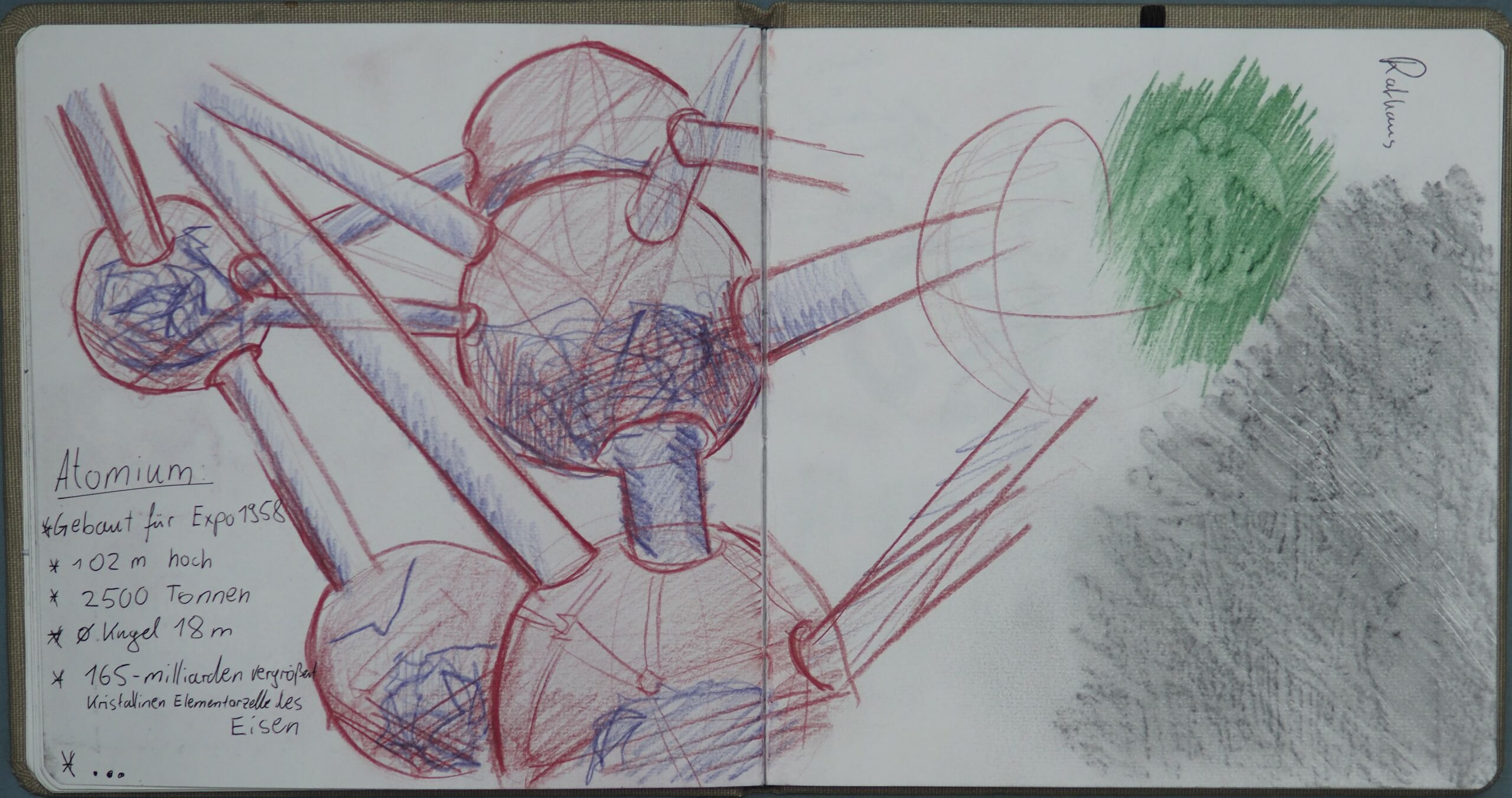
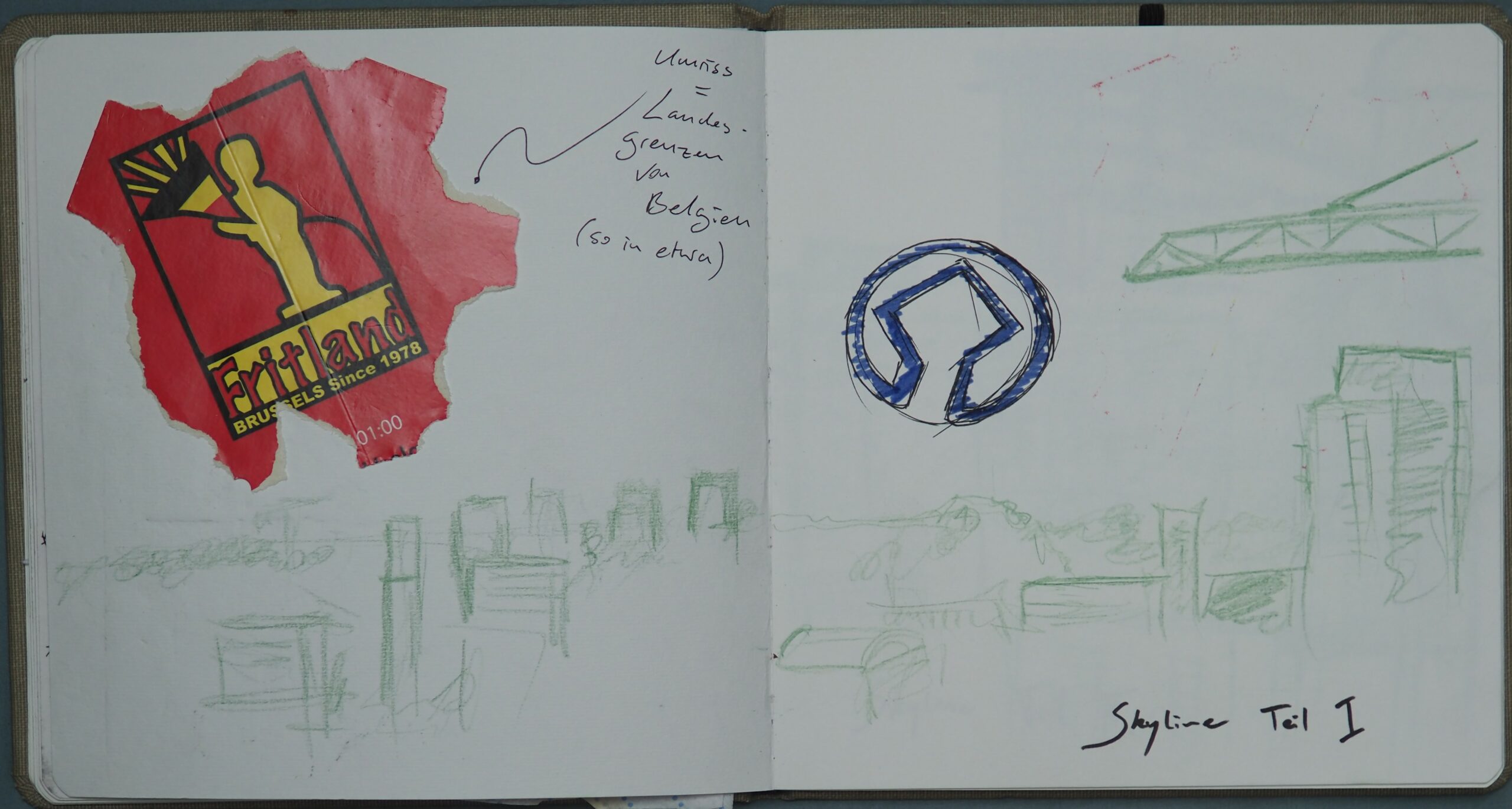
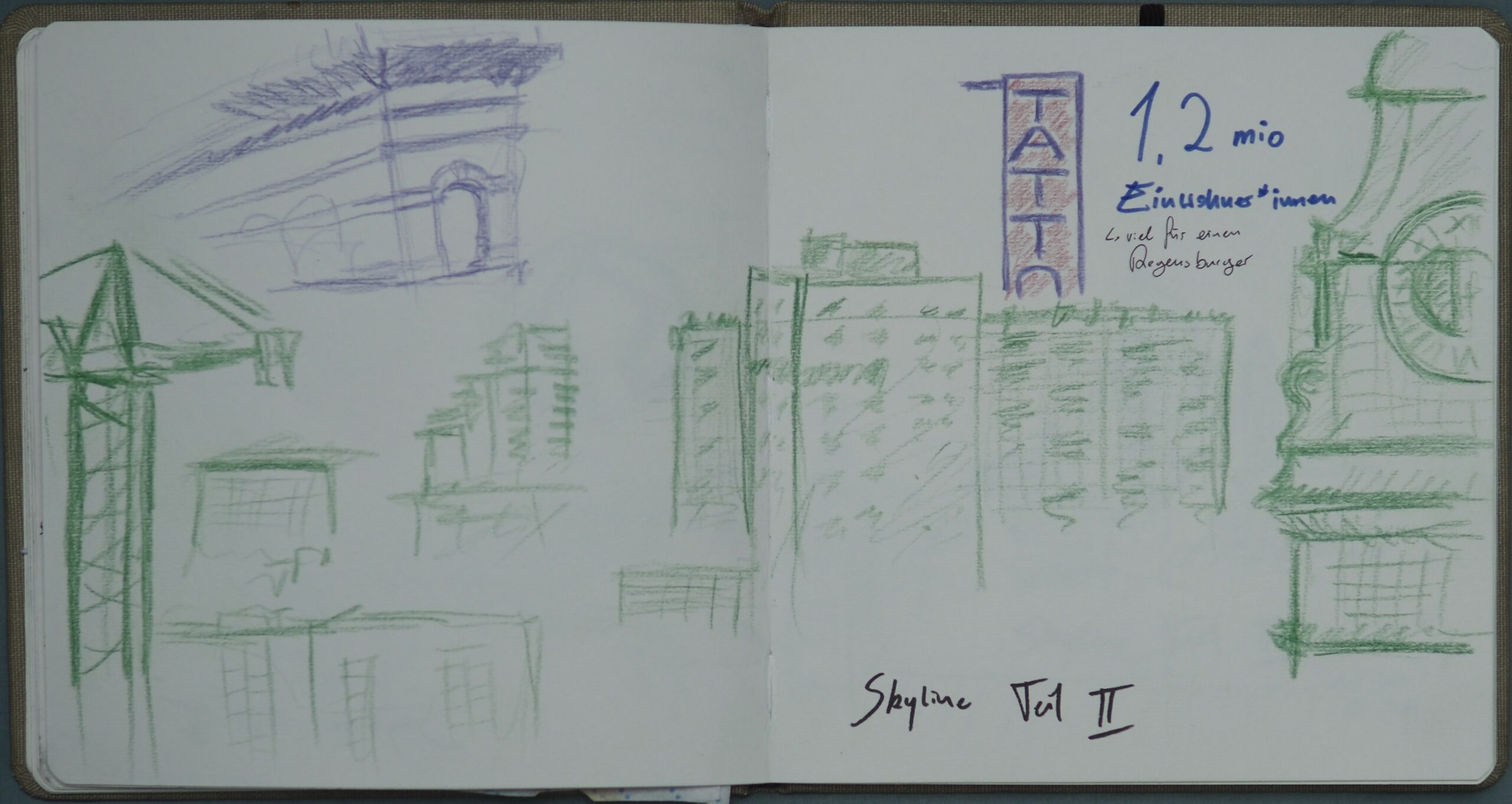



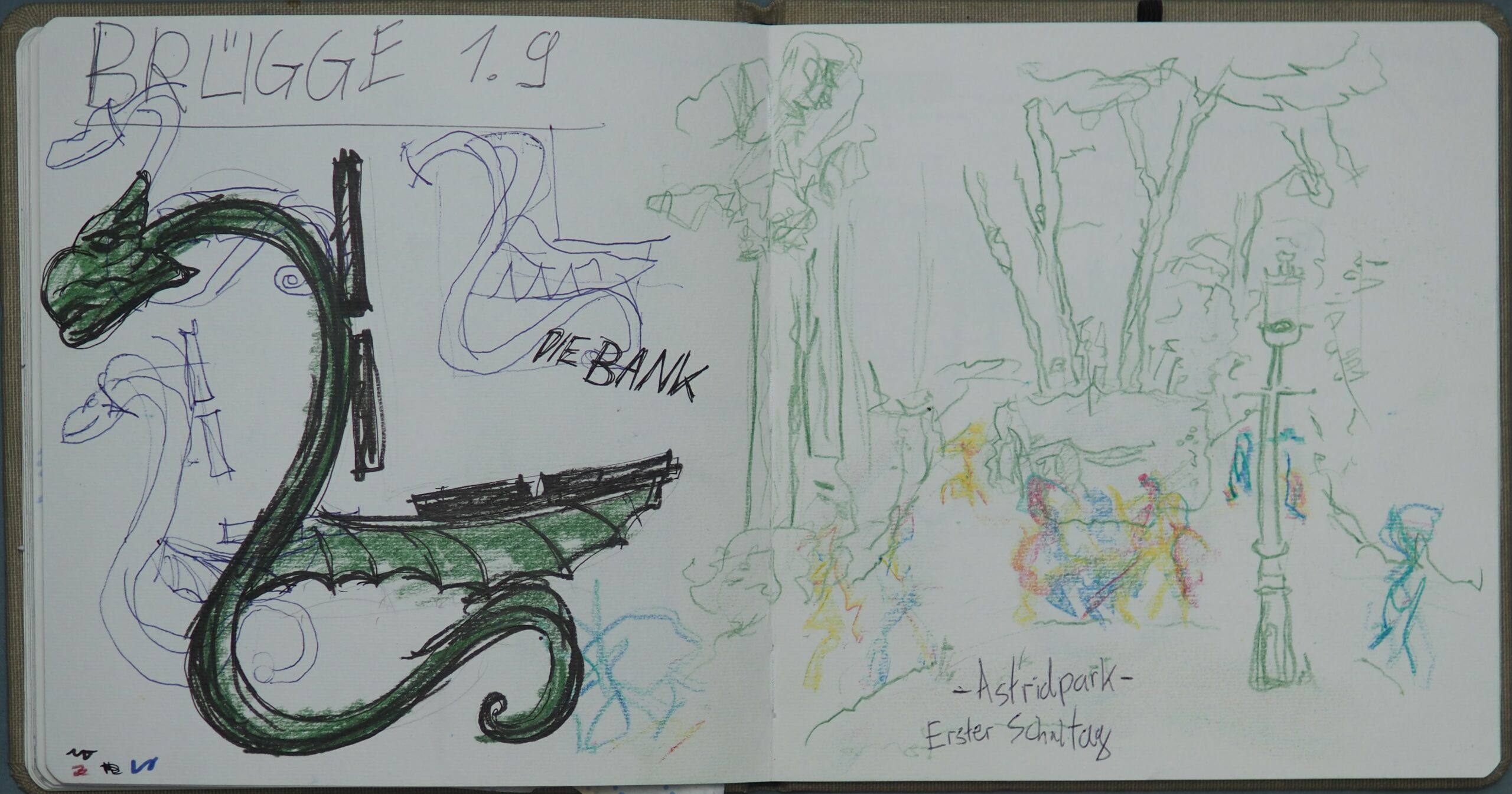
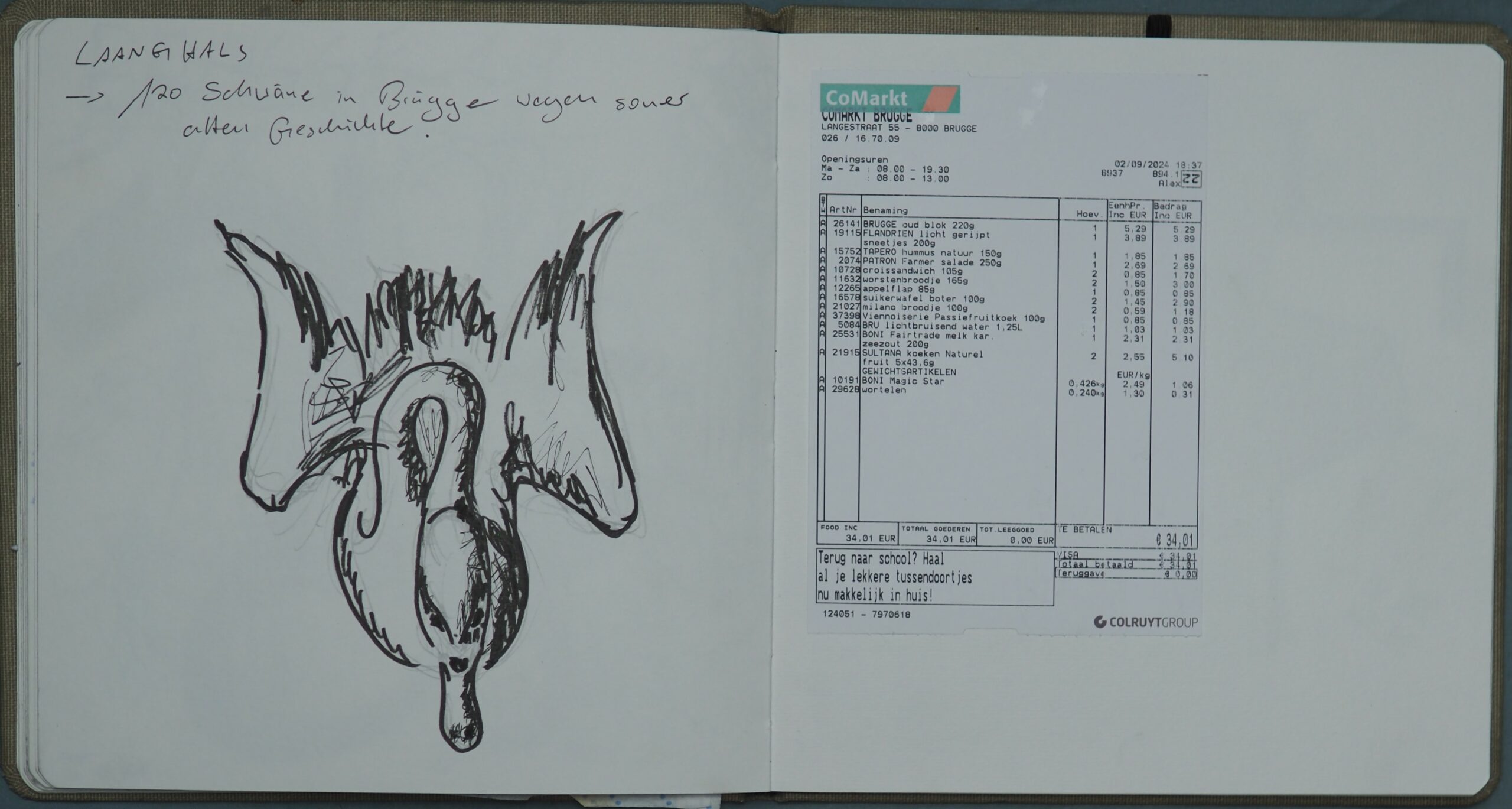
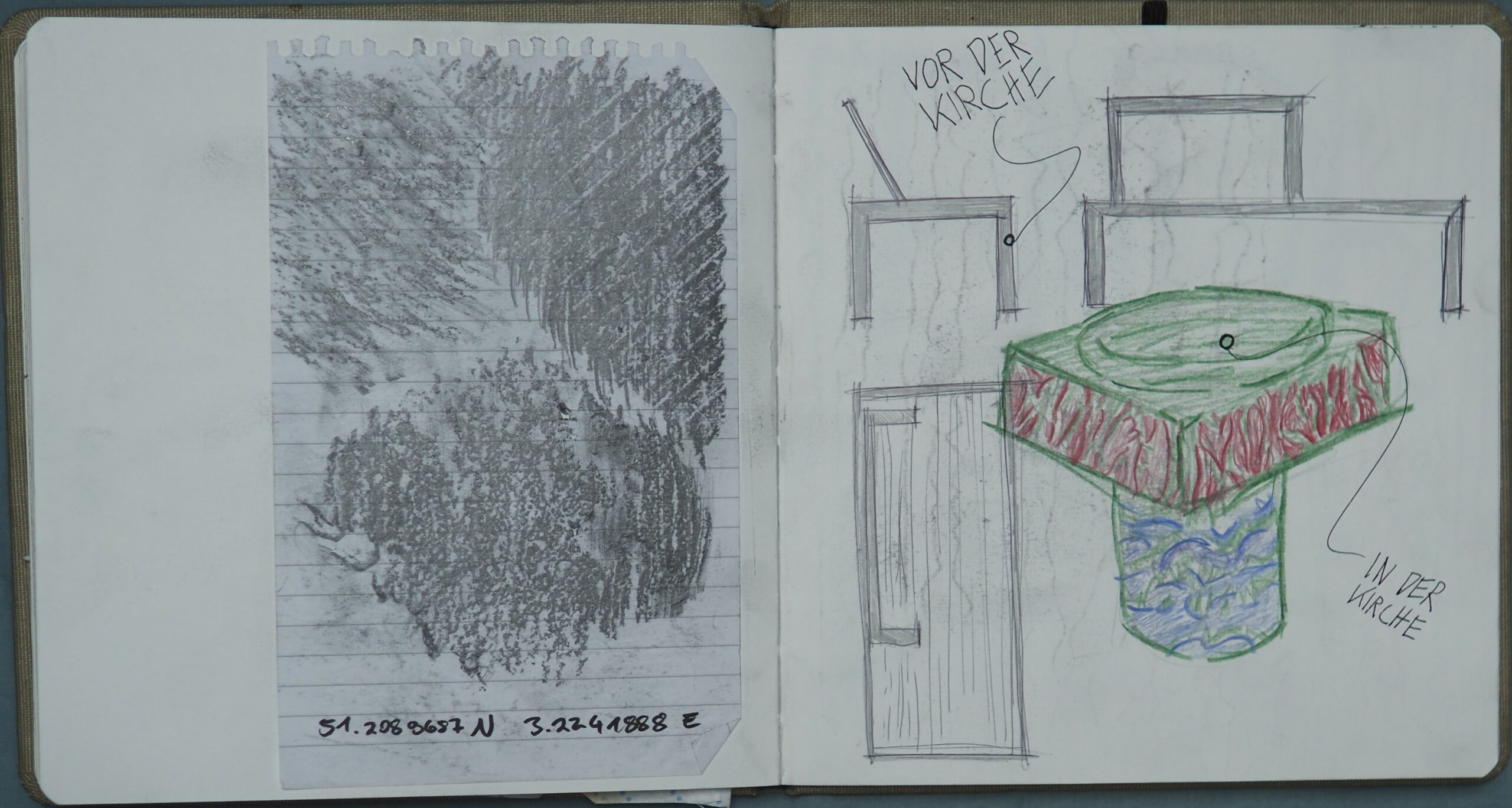



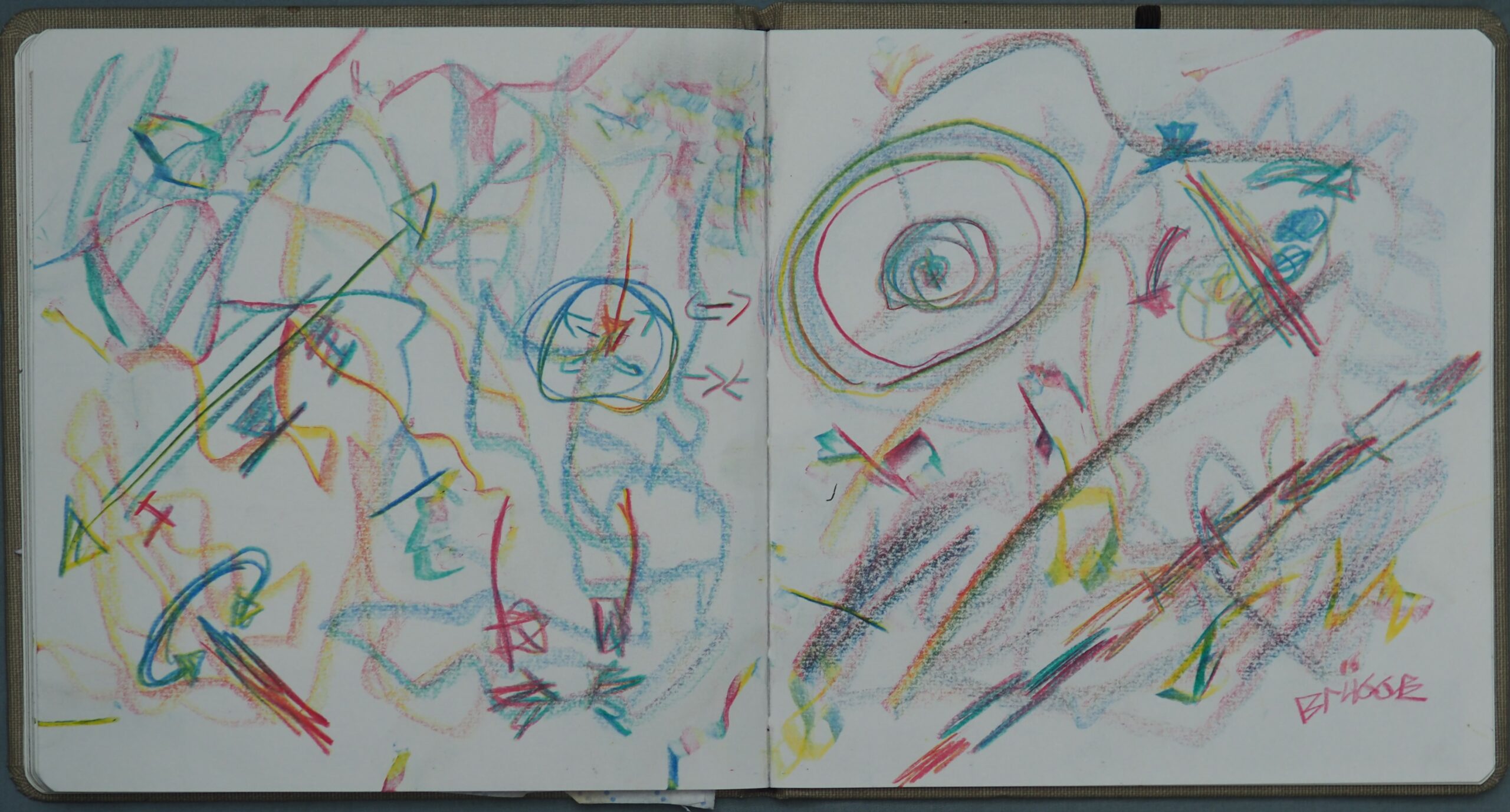
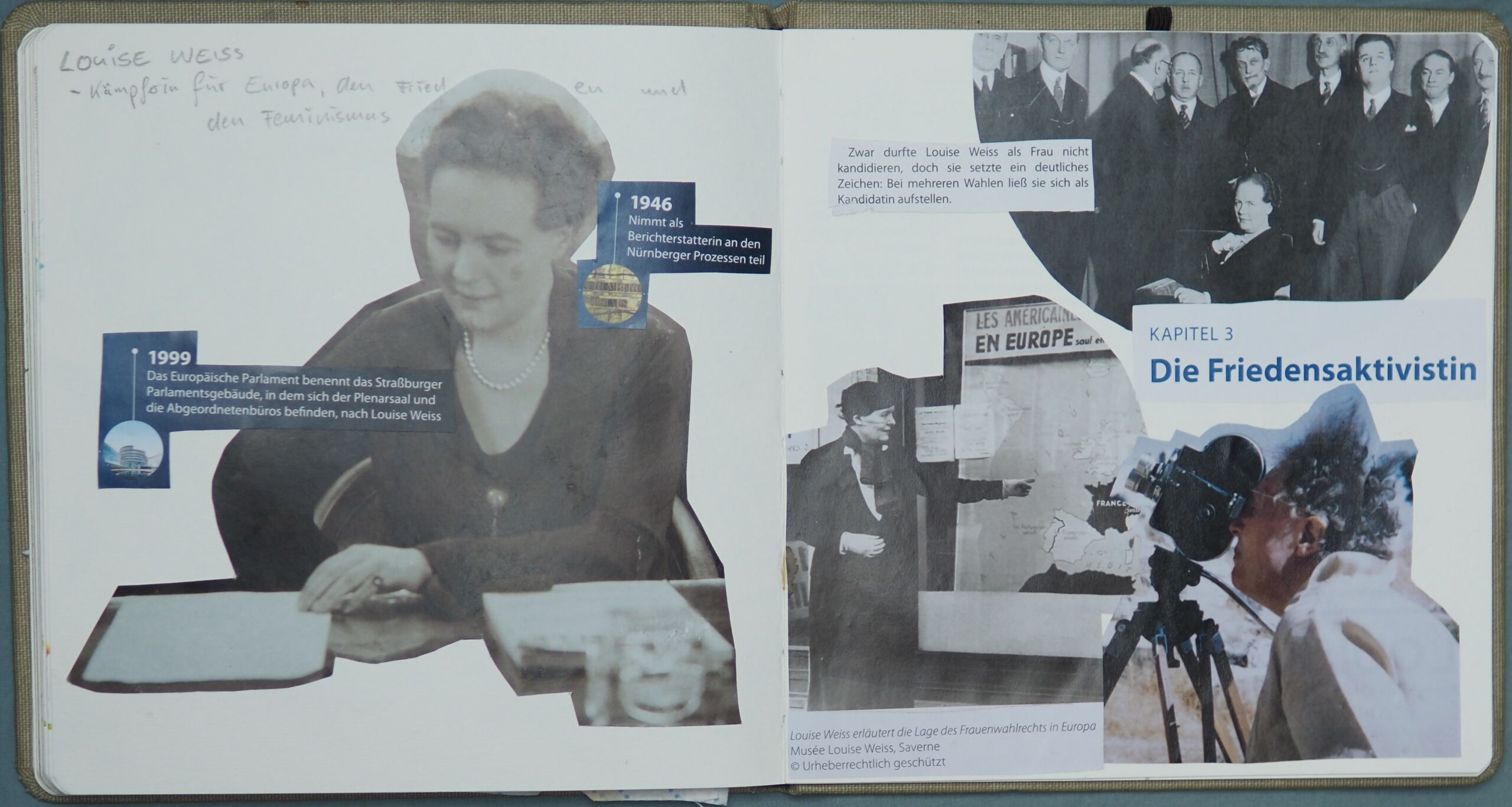


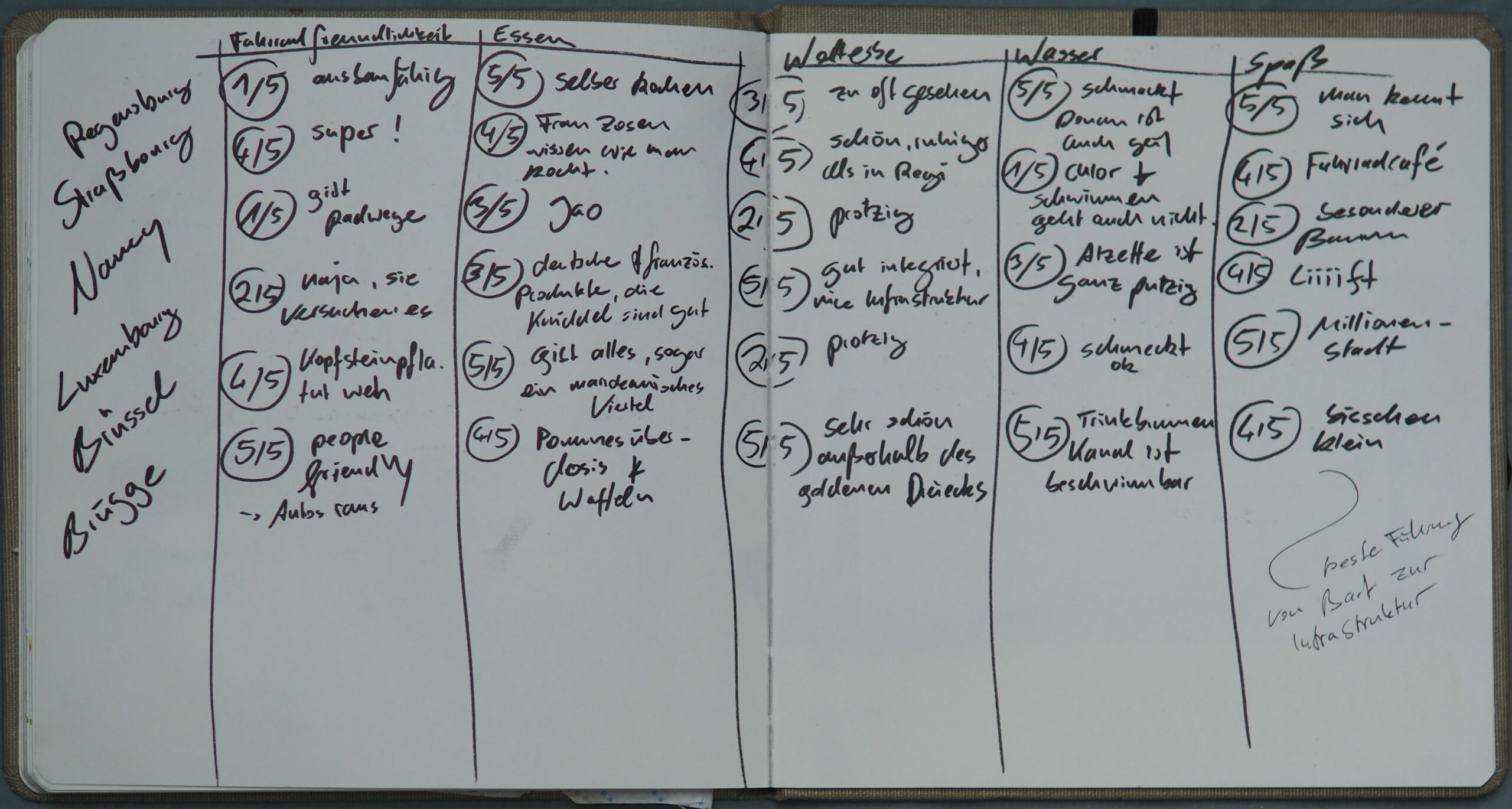
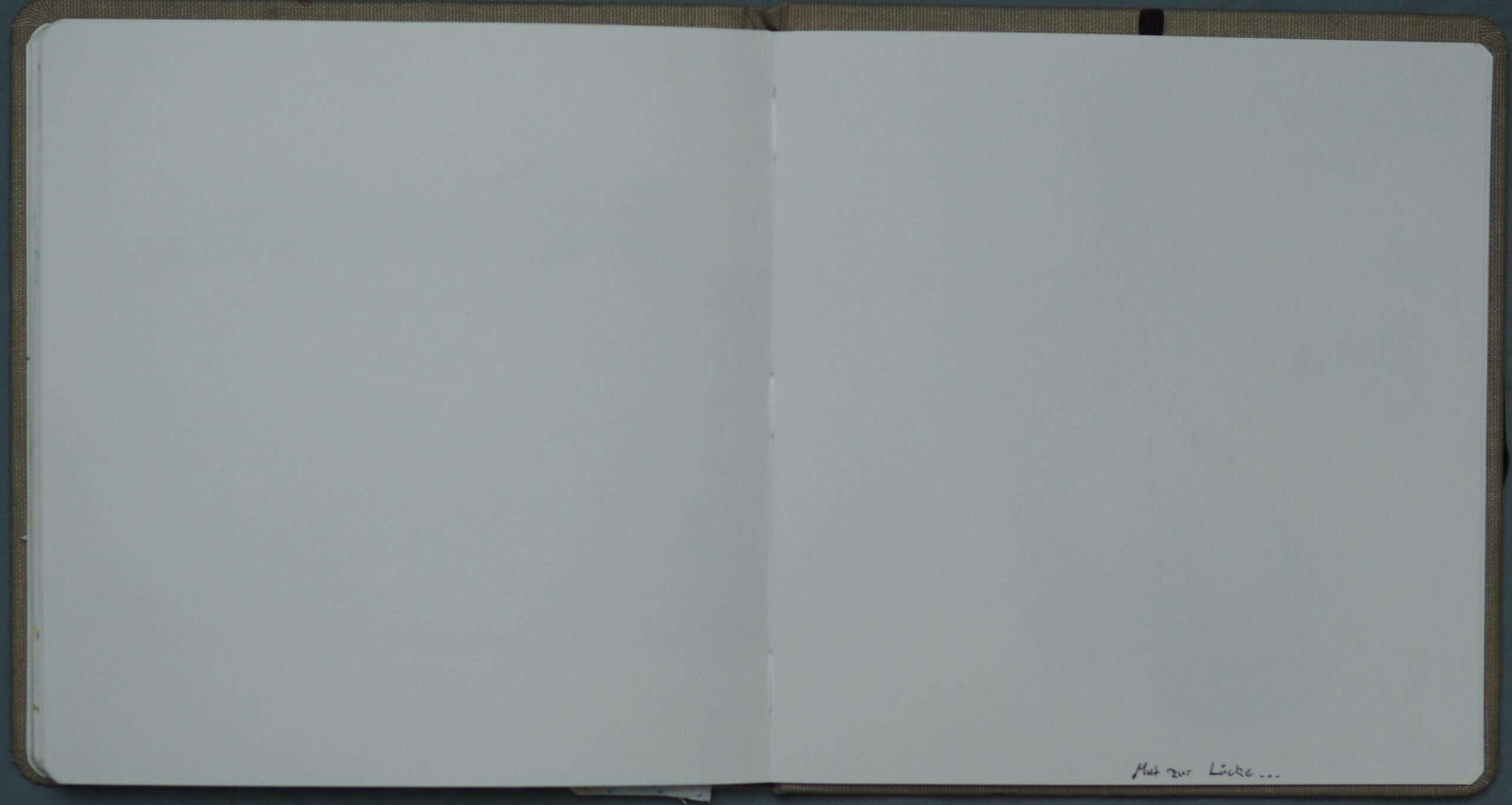


OWHC Region Northwest Europe & North America
 our goal was to fill a sketchbook of our travels. we saved nice memories or details that we thought were most representative of us and our concept.
our goal was to fill a sketchbook of our travels. we saved nice memories or details that we thought were most representative of us and our concept.
here it is:




























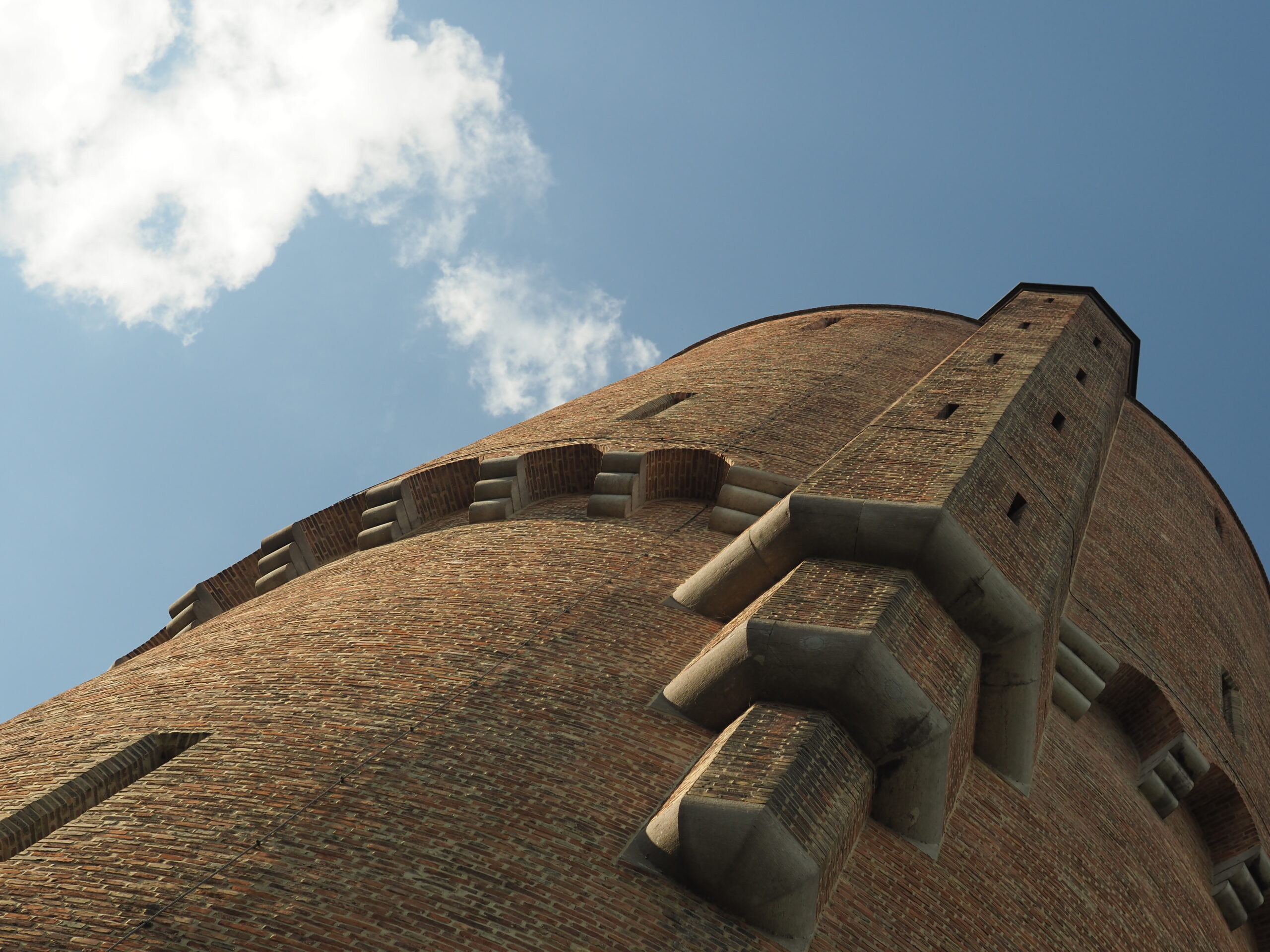 we arrived in brugge early after a chill ride along the canal from ghent and had lunch at the train station. we met bart slabbinck, the mobility expert in bruges. we cycled with him around the city and got to know it differently. we were surprised that the tourist attractions are limited and restricted to a small part of the inner town. it’s called the egg, because of its shape, which used to be the old fortifications.
we arrived in brugge early after a chill ride along the canal from ghent and had lunch at the train station. we met bart slabbinck, the mobility expert in bruges. we cycled with him around the city and got to know it differently. we were surprised that the tourist attractions are limited and restricted to a small part of the inner town. it’s called the egg, because of its shape, which used to be the old fortifications.
traffic infrastructure is important, but you shouldn’t forget heritage. his philosophy is to make mistakes, they are important. you will loose credibility if you are always right.


brugge is called the little venice of the north, we could approve that.
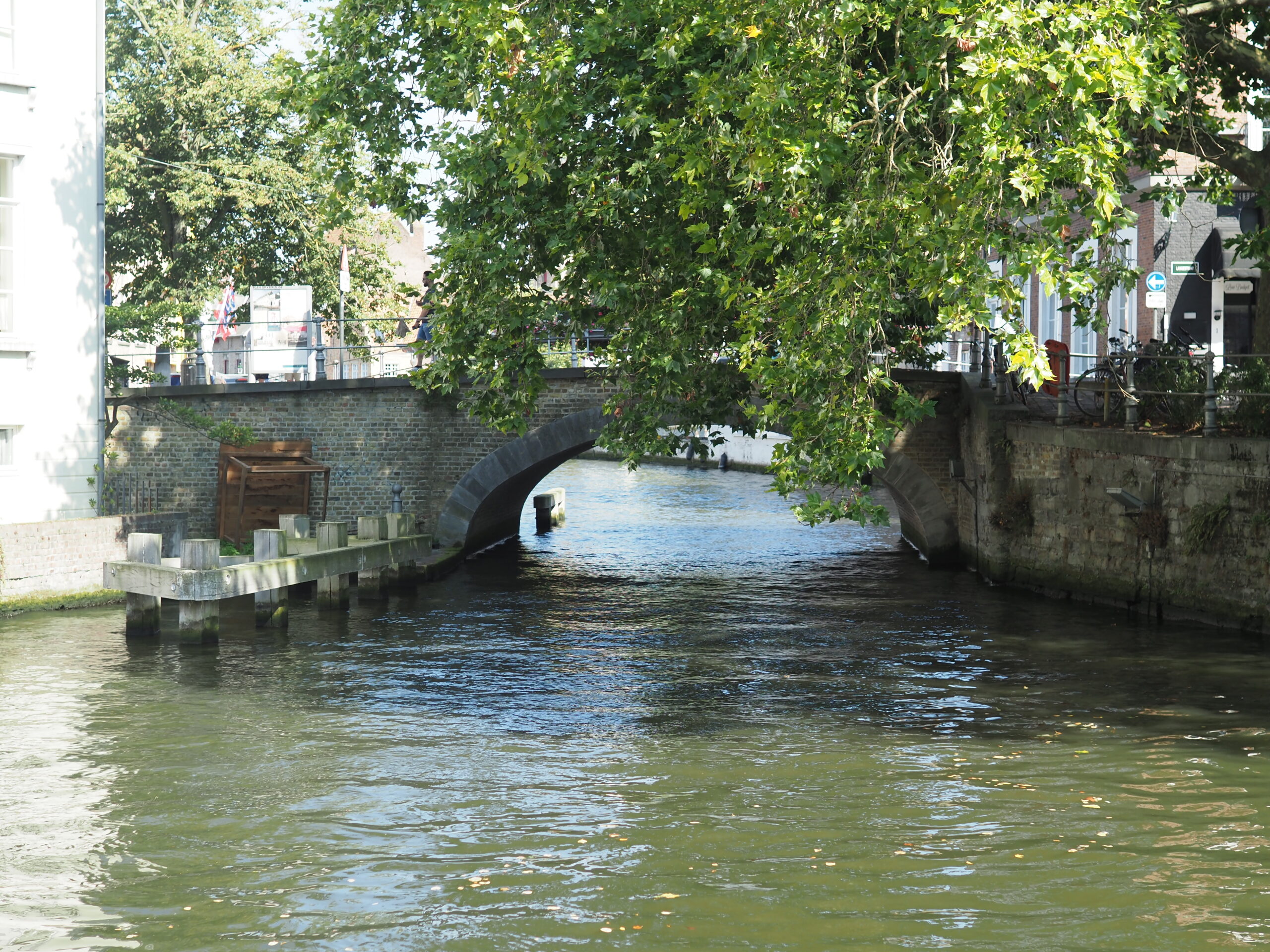

cycling infrastructure was awesome! bart is planning for the city and not for a single means of transport. so it’s not specifically bike-friendly, but people-friendly. they even have school streets, which they close at schoolstart, so the kids are safe from motorized vehicles.
 the nice part of brugge is outside of the tourist triangle. it’s tranquil calm and authentic.
the nice part of brugge is outside of the tourist triangle. it’s tranquil calm and authentic.



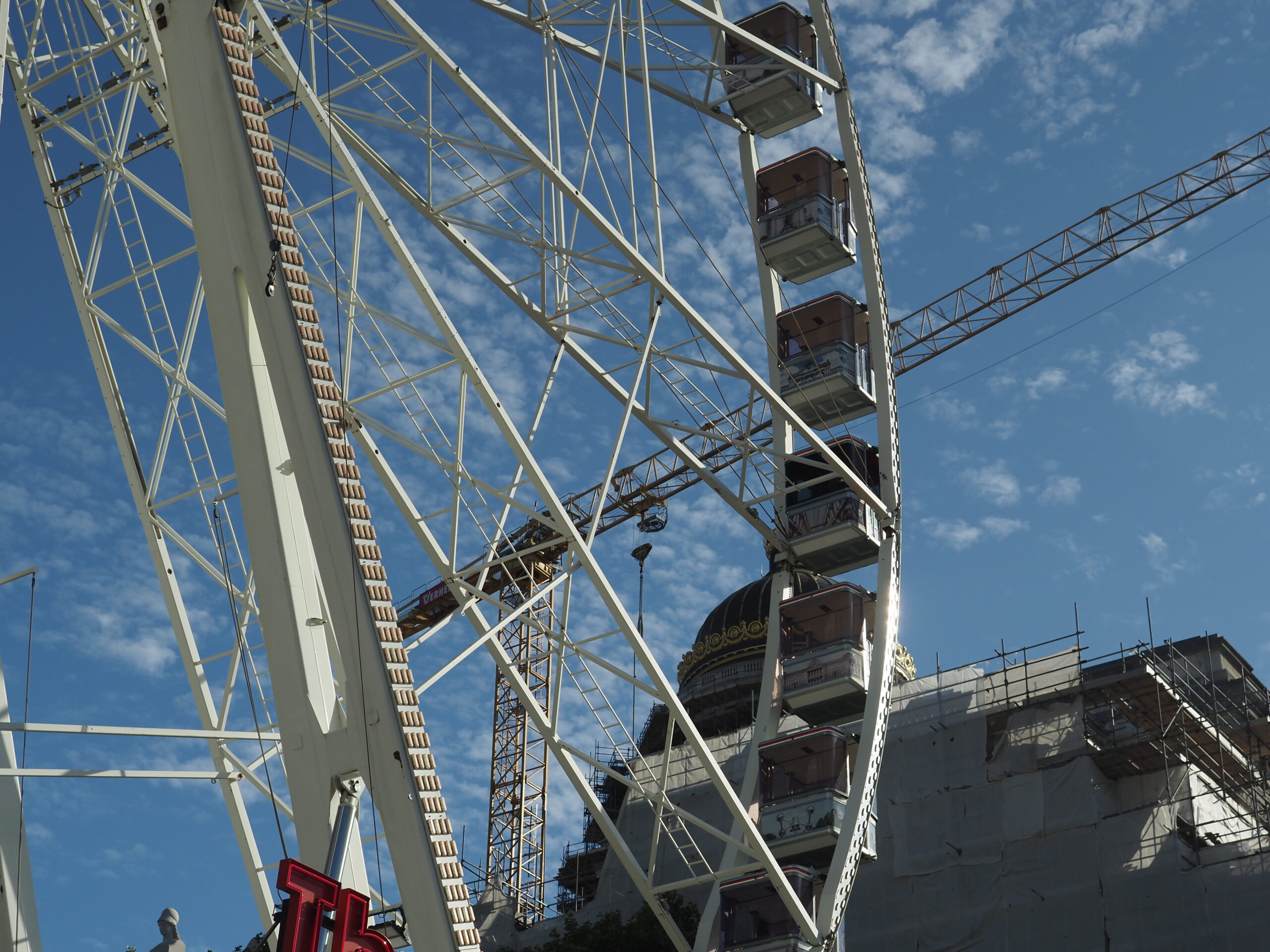
brussels is a very international city. we arrived by train from the small and quiet rural luxembourg, so the clash was crazy. we arrived at the very ugly central station but were soothed by good cycling infrastructure and the vivid city.
we stayed in a hostel near molenbeek, an arabique district. even the traffic and the shops are arabique in contrast to the belgian buildings. we had a proper moroccan dinner with tea.

we visited the design museum, the atomium and the expo area around the atomium built in 1958. it is unbelievable what they built, just for an exhibition which lasts only a few months. the view from the top of the atomium is amazing, we could see the whole city. so we had an impression of how big it is.
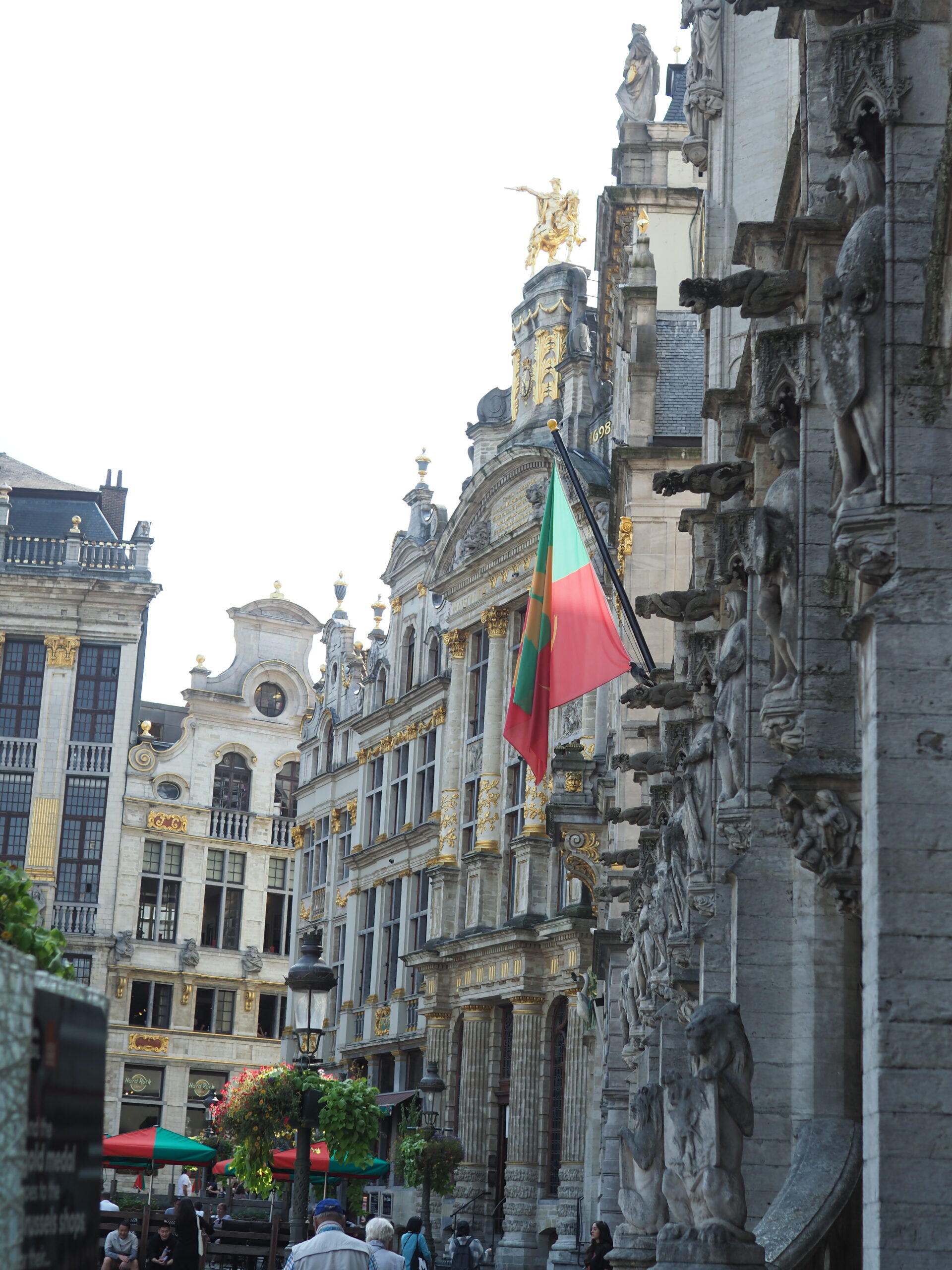
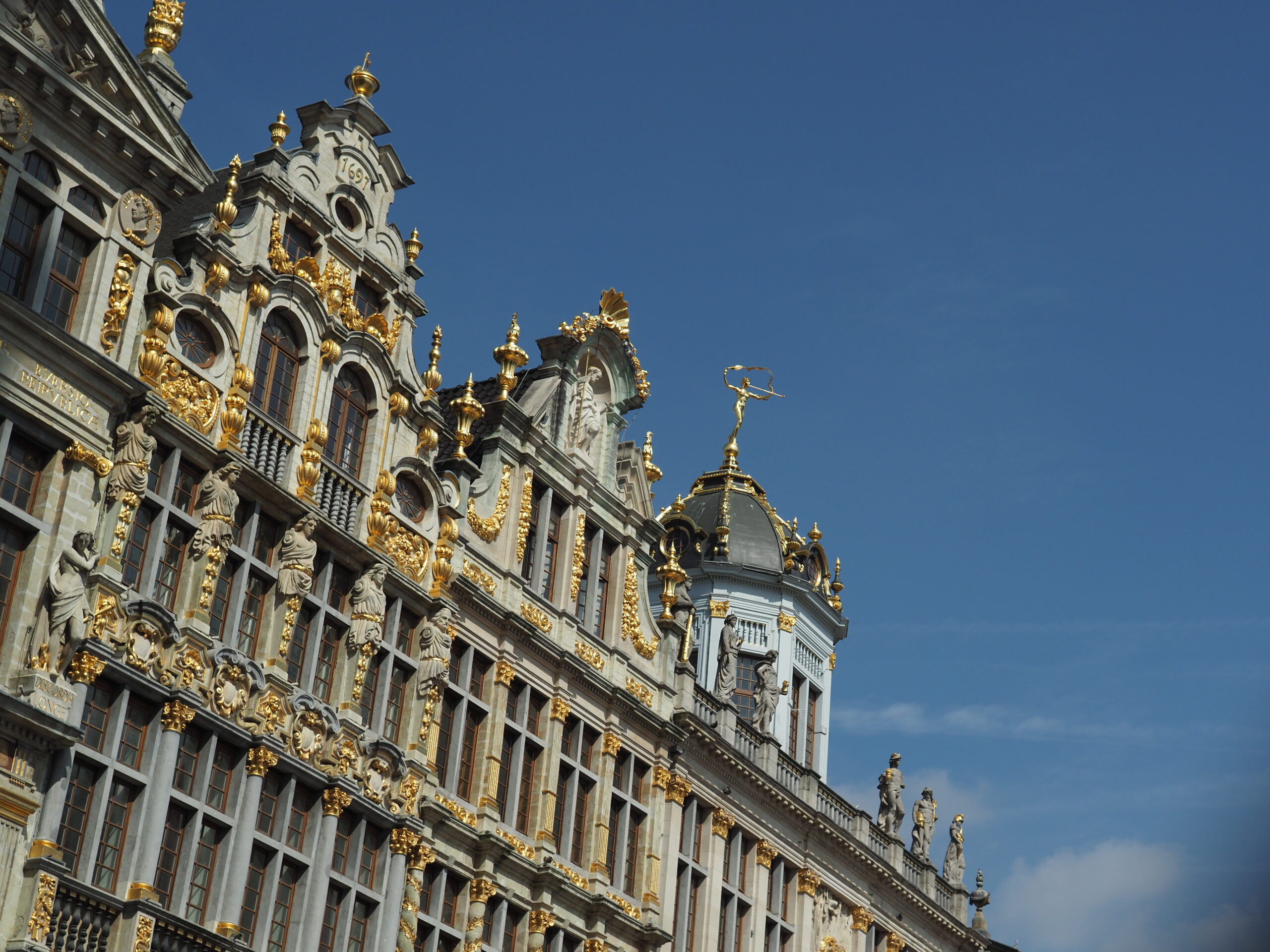
the UNESCO-zone of bruxelles is restricted to the market place (grand place) and the horta museum. the square is quite similar to the one in nancy, big white and gold buildings with a lot of decoration. only the enjoyable cafés are missing.

the city is so large that you could miss its heritage if you don’t know about it. but we didn’t find the grand place very inviting. it’s just a meeting square for tourists, there is not a single spot to sit and just enjoy. we had the feeling we were supposed to look, take a picture, and head on. for the horta museum, we sadly didn’t get tickets. but we visited the art nouveau buildings from the outside.

the infrastructure is partly great, but since the city is large it’s hard to connect everything. but there still are some good cycling highways. what is a bit scary is the roads shared with cars and tramways.



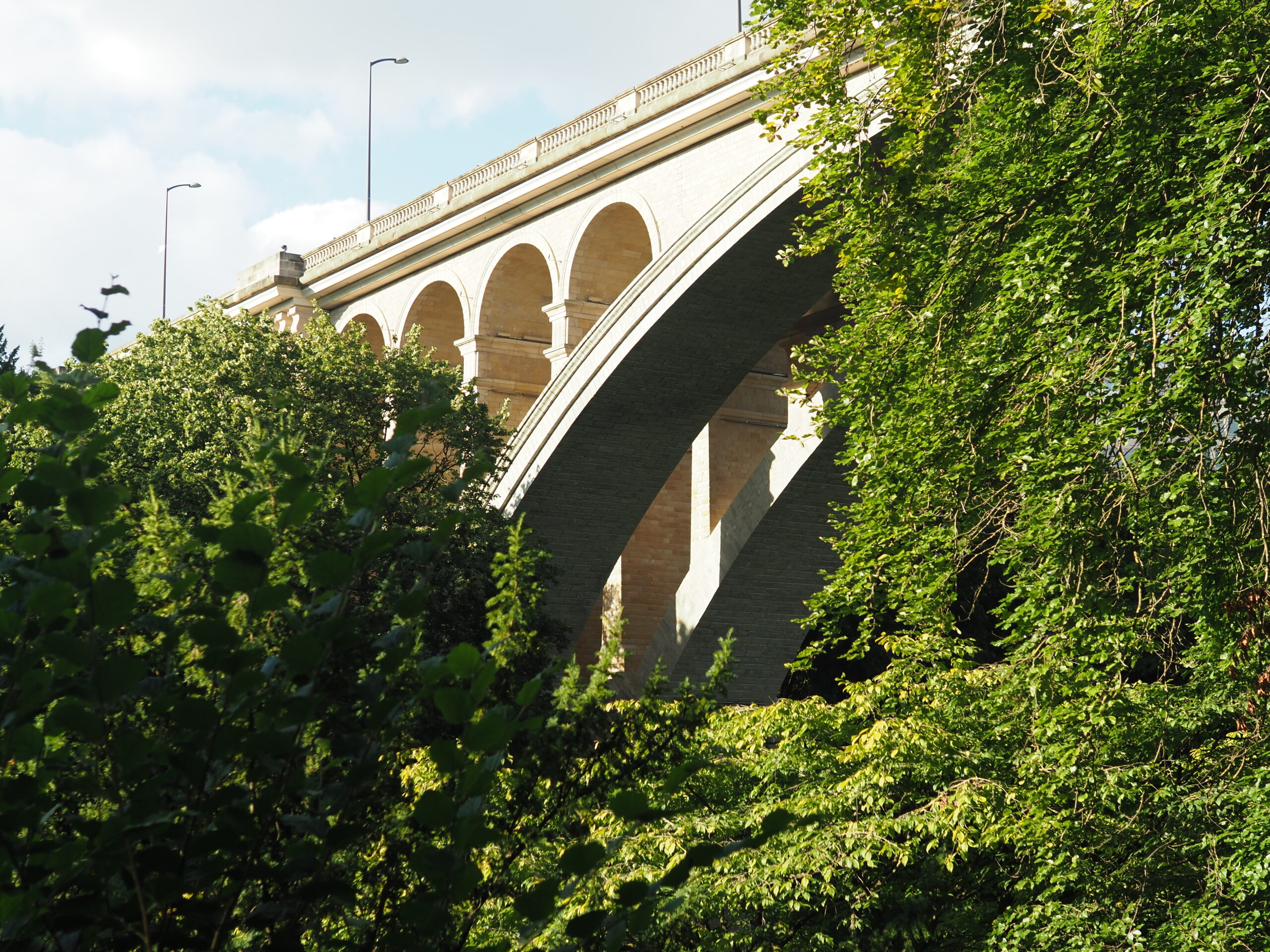
we were quite impressed by the topography of the city when we arrived. the ‘oberstadt’ lies on a cliff surrounded by a green canyon on a slope of the river alzette. we immediately noticed that there is no real infrastructure for cyclists, which might be because of the city’s hilly region, so no one cycles.

we stayed three days in a nice airbnb in a quiet part of the city with a good view over it. 70% percent of the population is not luxembourgish and on the weekend the city shrinks by half. that is because people come to work to in the small country. in the 20s luxembourg became neutral and decided on some important financial laws, which made it a safe haven for the finance sector.
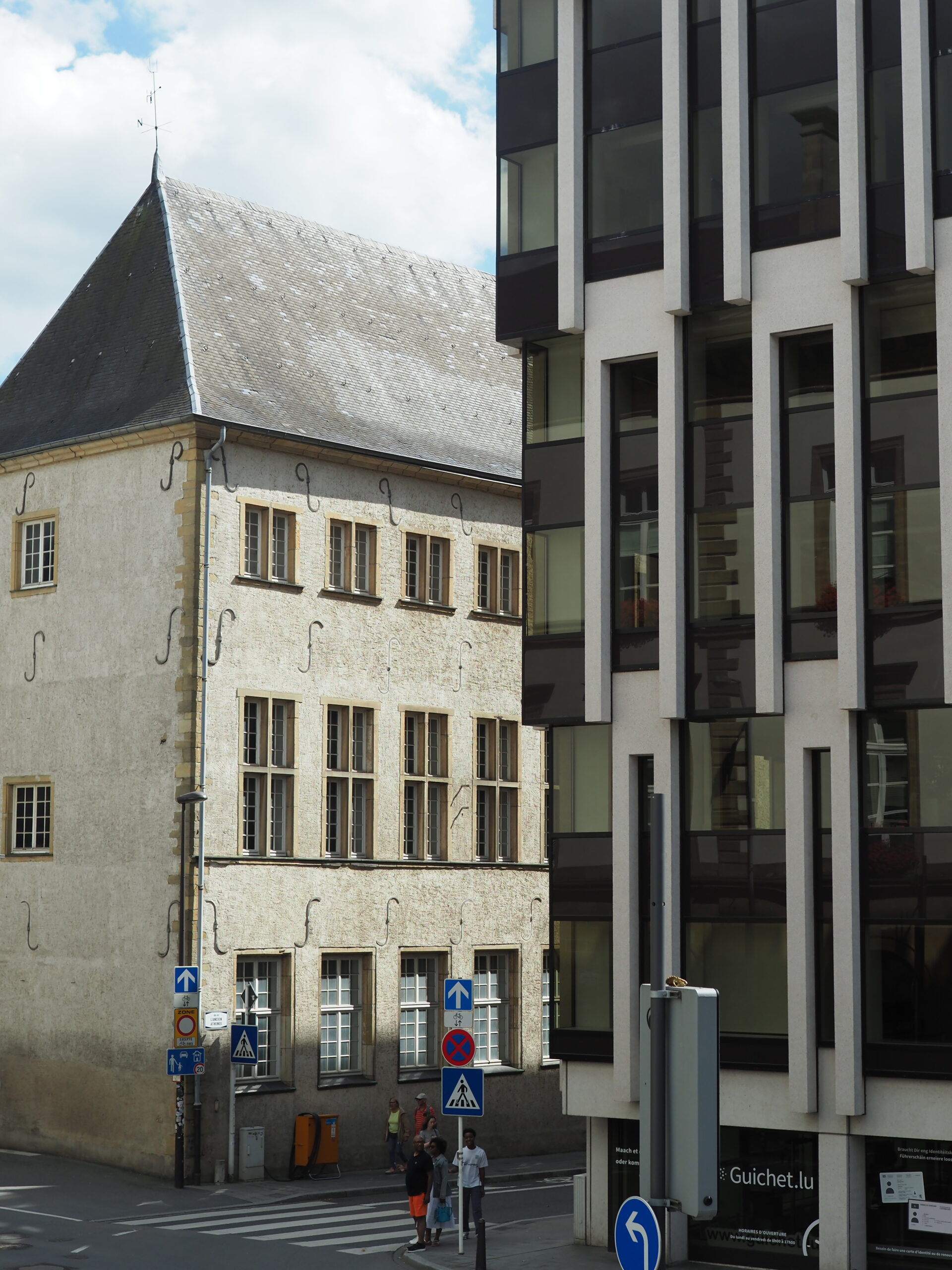

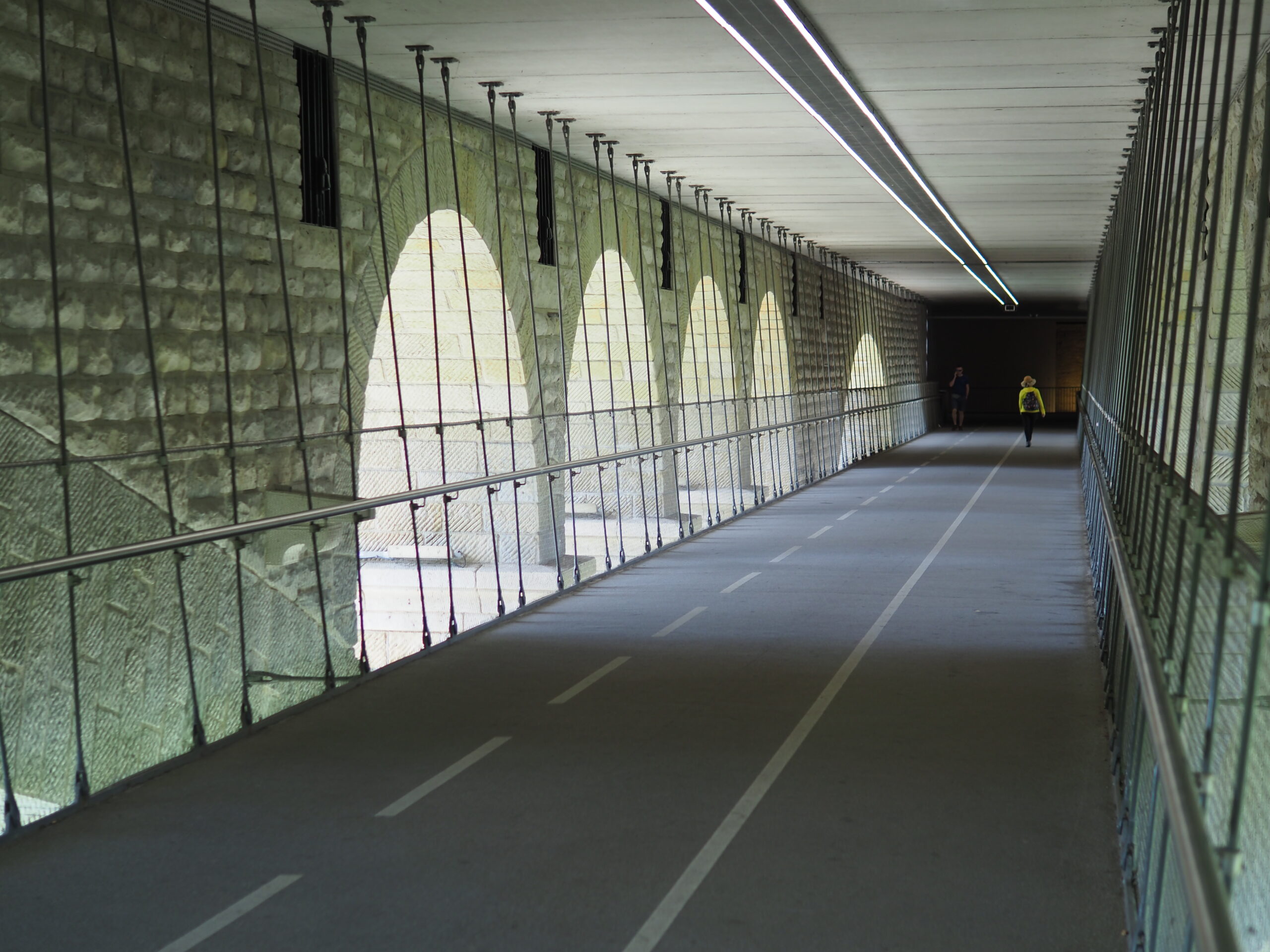

we were impressed by how great daily life and world heritage harmonize. the ‘oberstadt’, which is the old town implemented the daily life as well as the tourist attractions. but that might also be, because of the mixed population, you can’t really tell who is a tourist and who is working here.

what we especially loved was the pfaffenthal lift, which is an infrastructure and tourist attraction at the same time. it makes over 70 meters from the alzette to the oberstadt and has a platform you can view the whole pfaffenthal. also its big enough for a few bikes and further for free, like all public transport in luxembourg. the tram in luxembourg is amazing, they finished building it two years ago. it connects the kirchberg with the south.
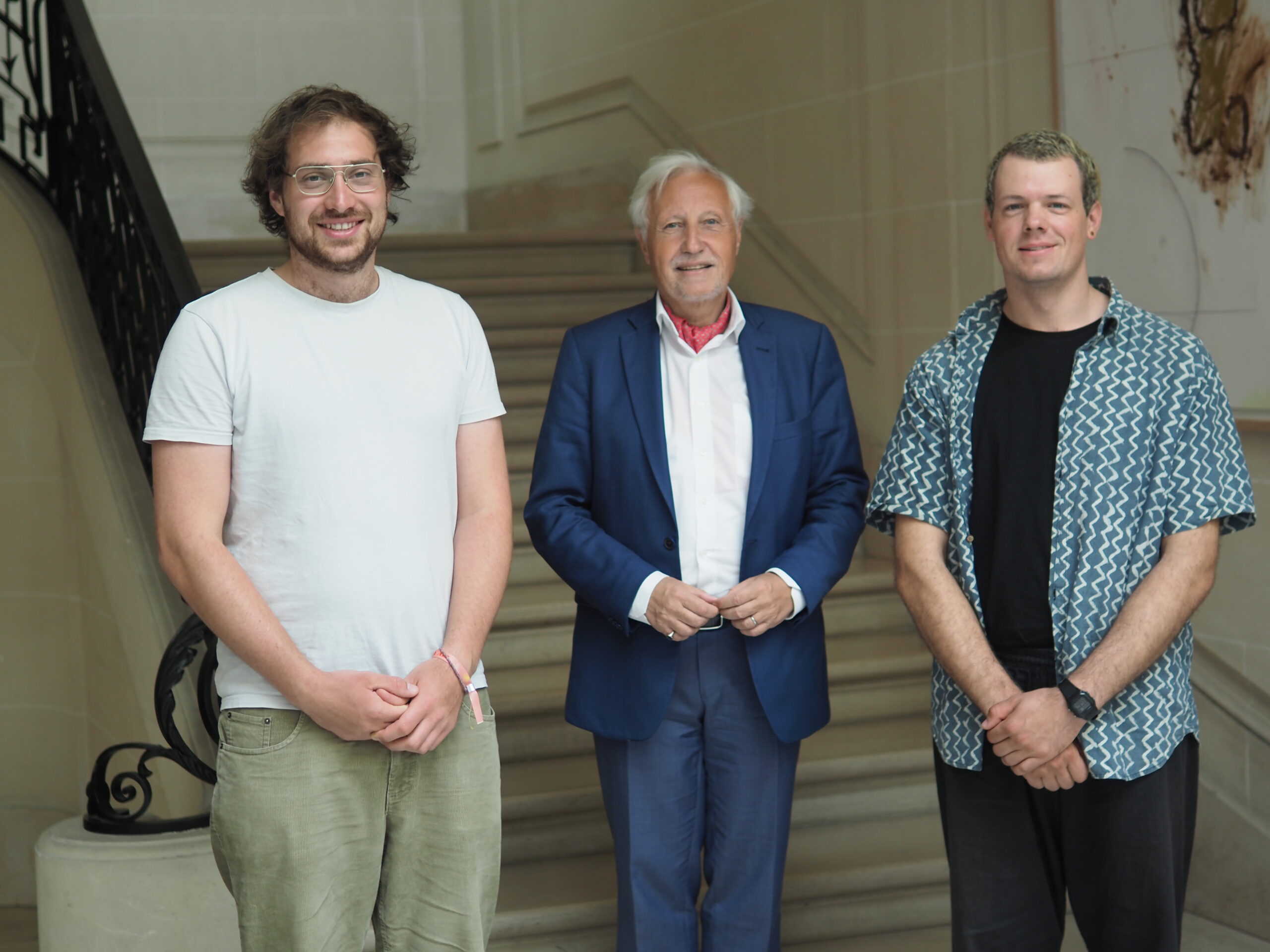
we were invited by robert philipphart, UNESCO site manager at ministère de la culture grand-duché de luxembourg. we talked about luxembourg, its culture, inhabitants, infrastructure, heritage, and his work in the ministry and the city. we learned a lot about political work and how important empathy is: ‘don’t view the ashes, keep the flames alive’. we also learned that all luxembourgians speak at least three languages. they learn french, luxembourgish and german in school and because of internationalism, most of them also speak english. so you never know what languages you encounter, it’s always a surprise.


also, we visited the UNESCO visitor center. we got a good overview of what heritage is and the history behind the organization. the exhibition of europe was very good, it was not just about how great it is, but differentiated.

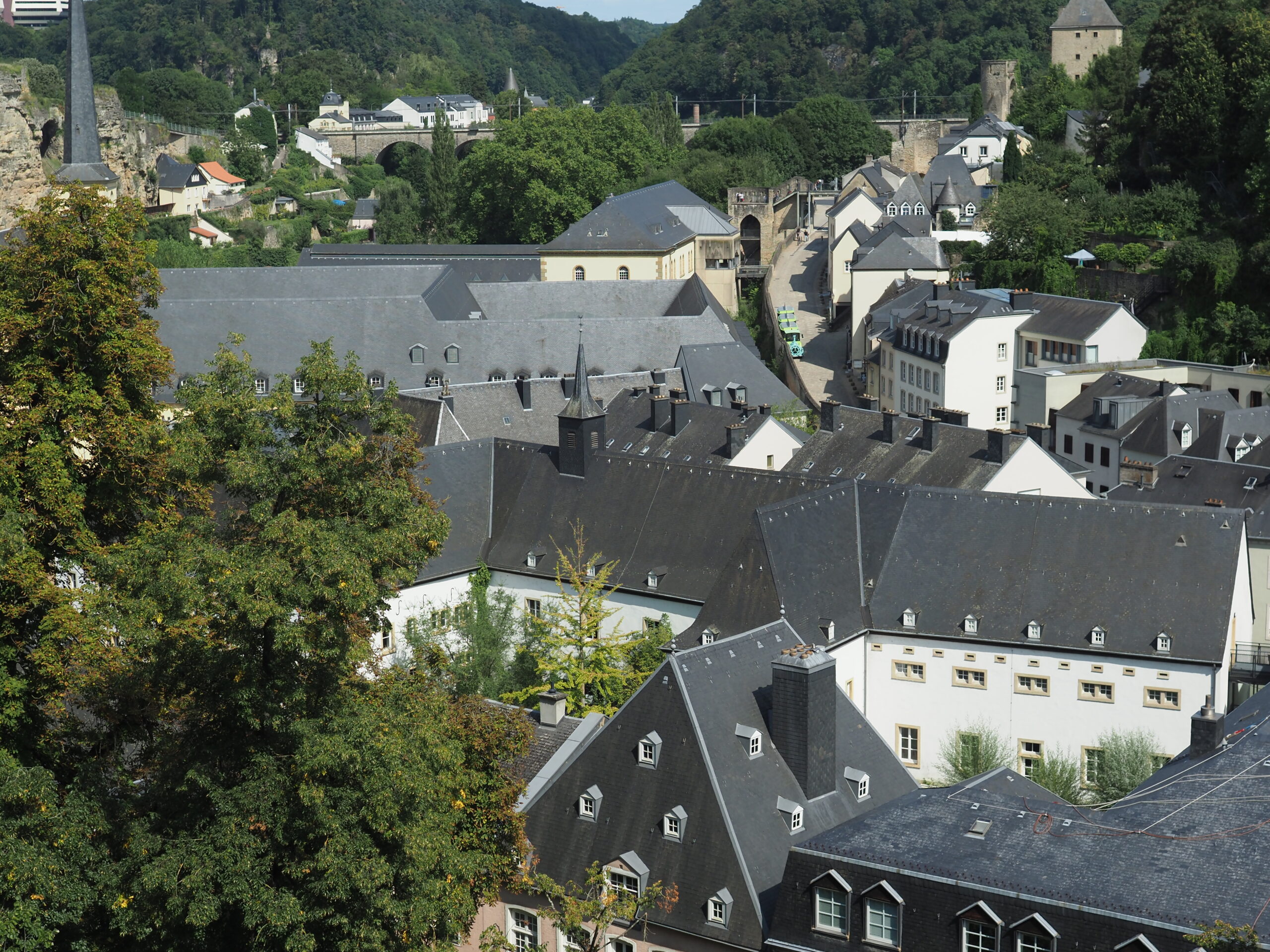
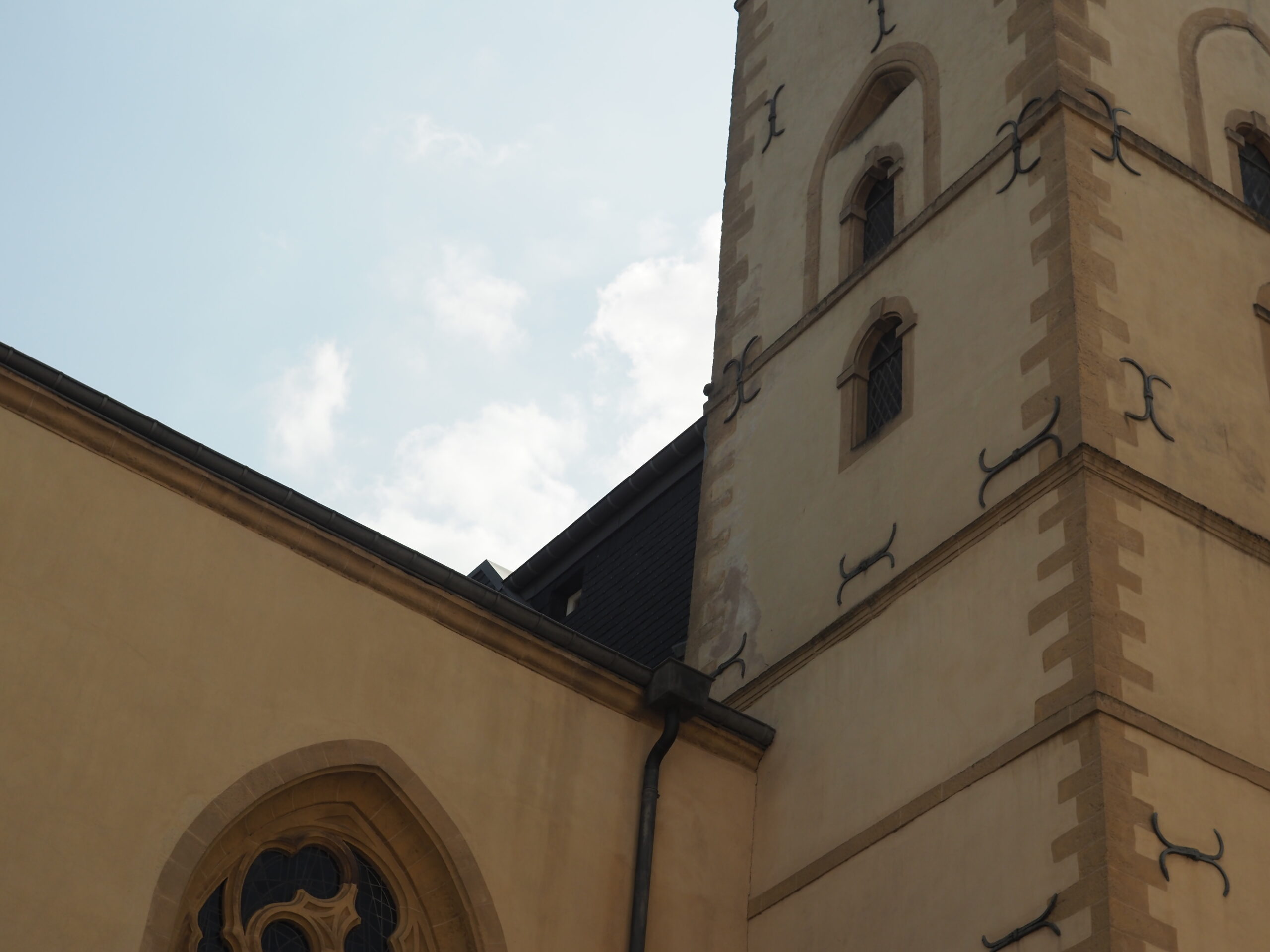
on our last day we met katherina krier, she showed us around with the perspective of a local.

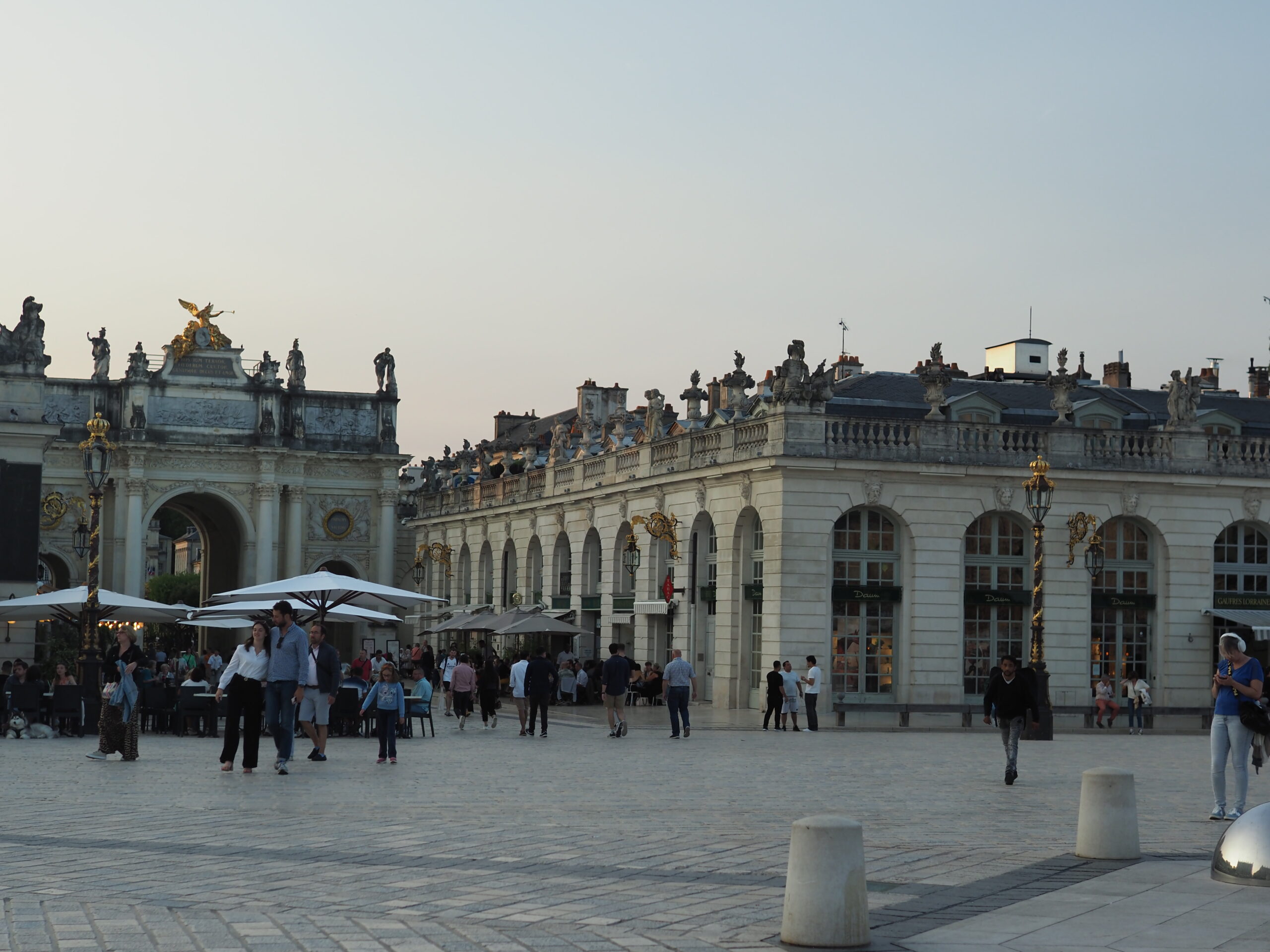
we arrived in nancy quite early, the streets directly lead us to the ‘place stanislav’. which is supposed to be the most beautiful square in europe. we found it quite impressive with all the marble and gold plating. the last duke of lorraine, stanislaw leszczynski, built the square to link the old town of nancy to the new.
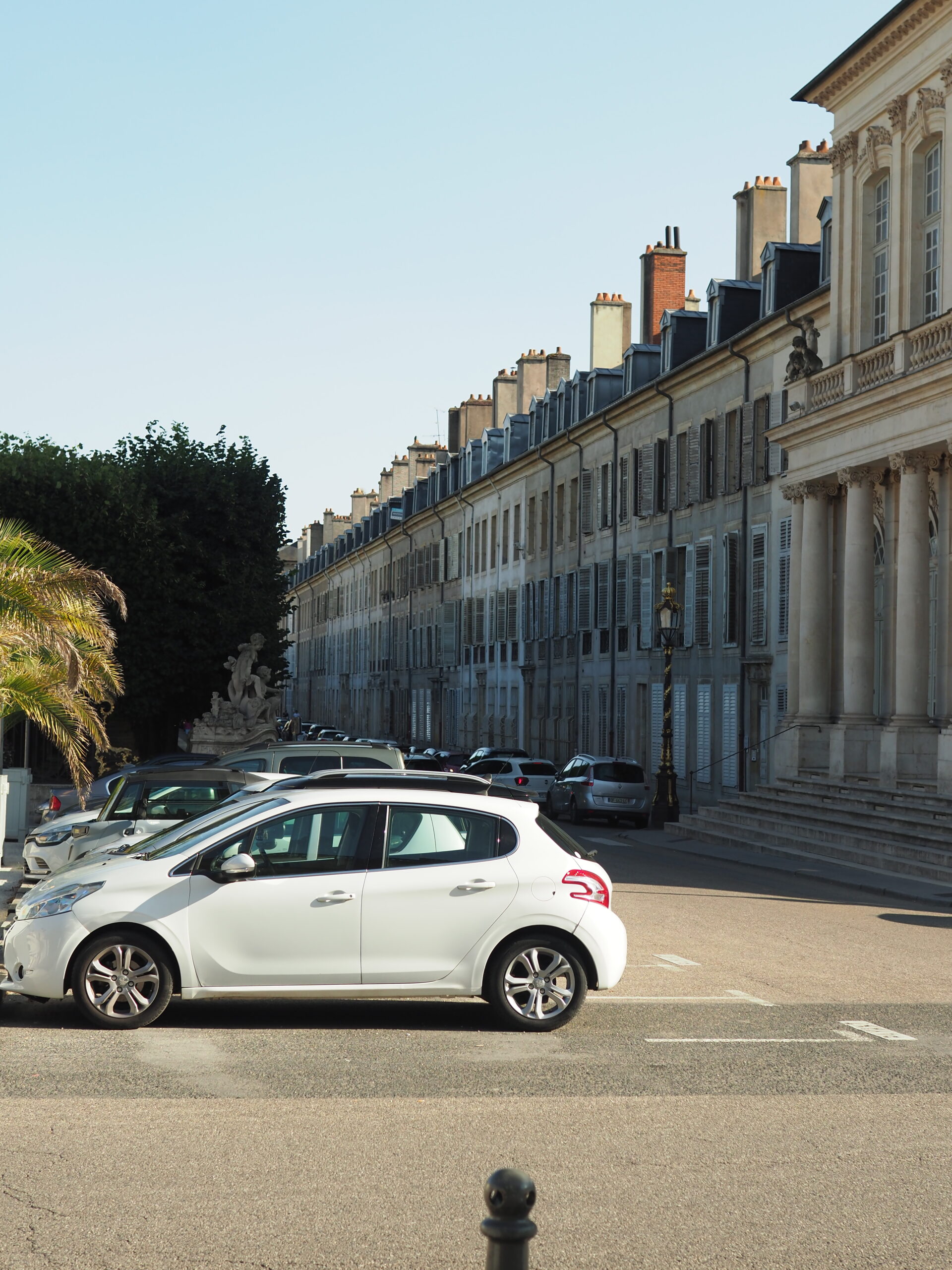
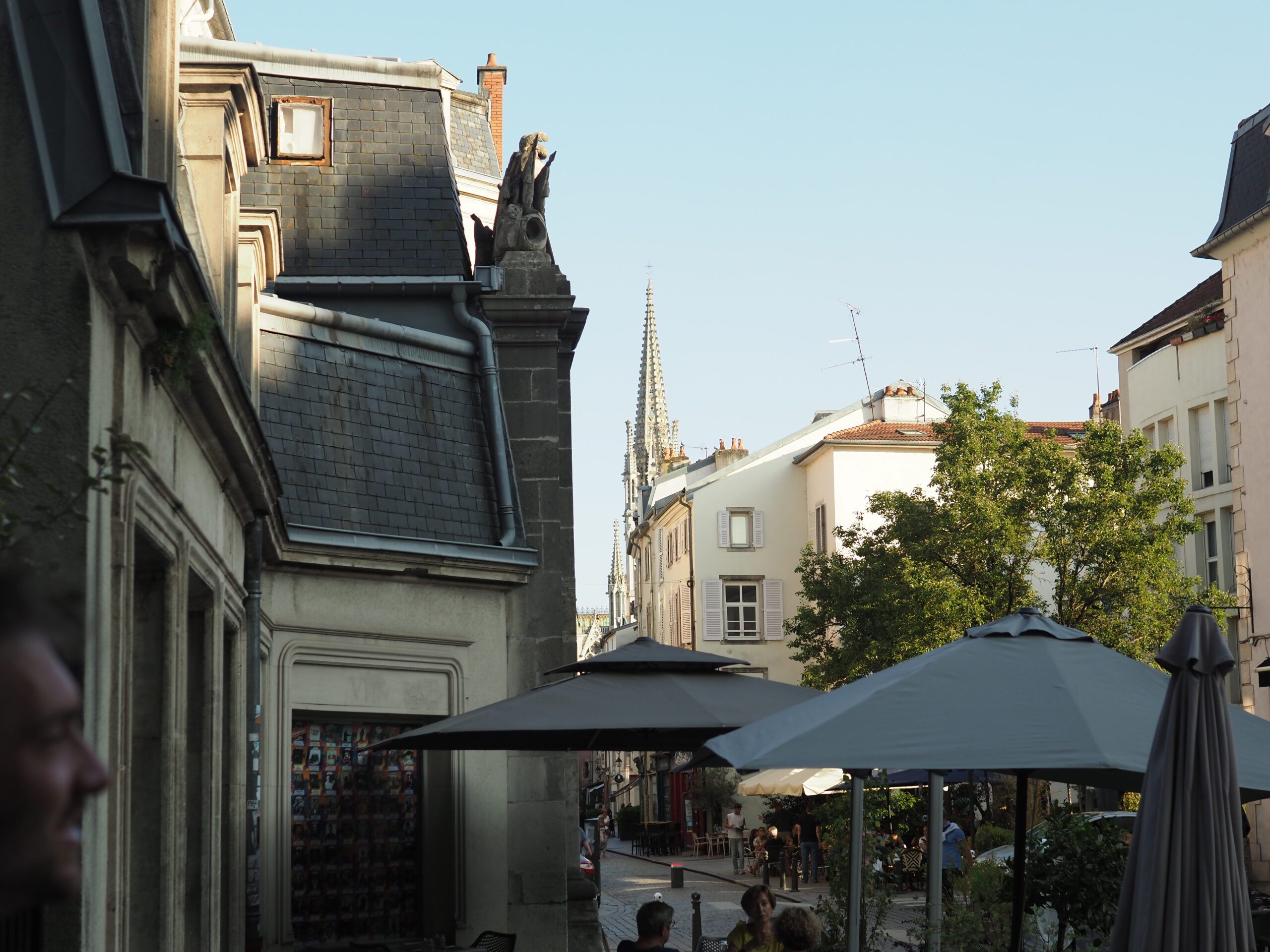
since we needed to head on, we only stayed one day in nancy. but we explored the city by bike and found a lot of nice places. the cycling infrastructure was not very good, but we found our way. we liked the ‘parc de la pépinière’, it is the park next to the main square.
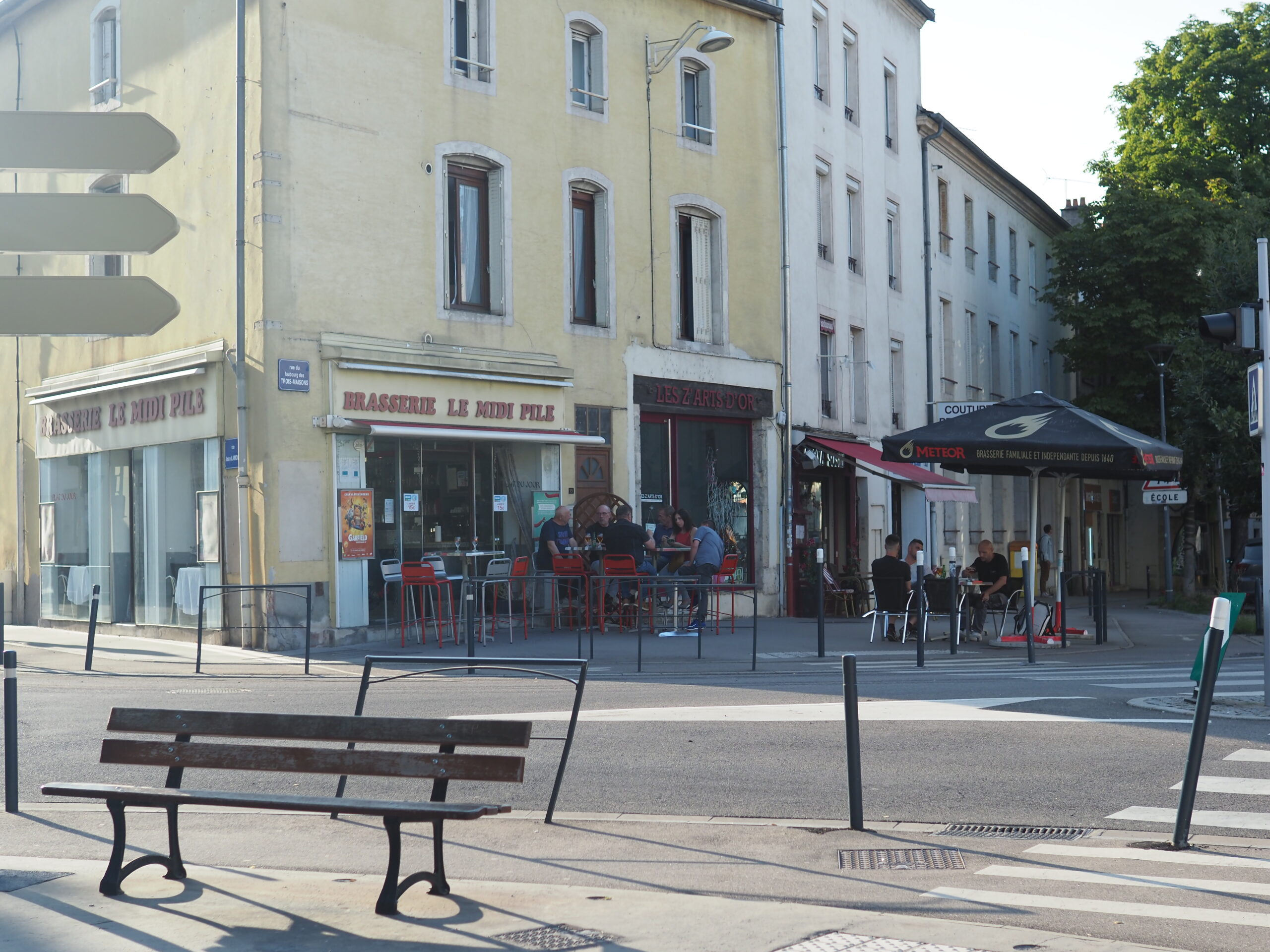

we didn’t get to know the daily business, but we enjoyed daily life in a bar outside the touristic center. the city seems to be bigger than it is, it strives for more of what it is. but we felt quite lost because it didn’t feel very vivid. for the population, the places of happening are too far apart. the nice thing about it is, that it’s very quiet.

like every major city in france, nancy has also a very large cathedral.
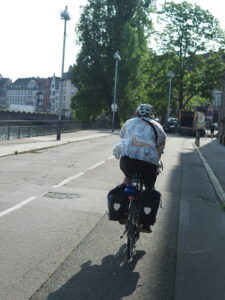
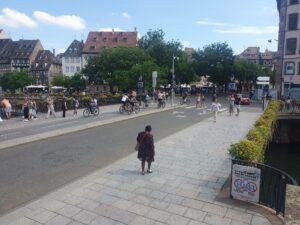
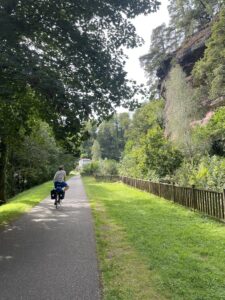
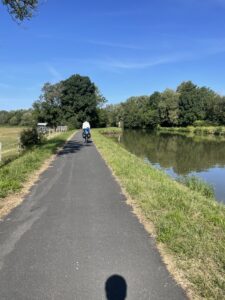
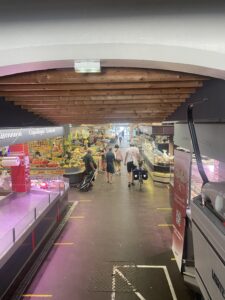
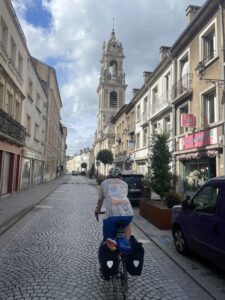
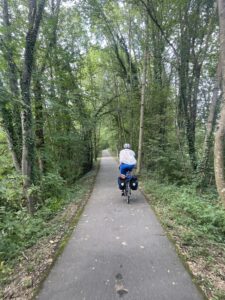
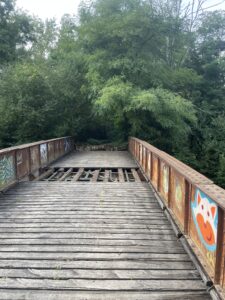
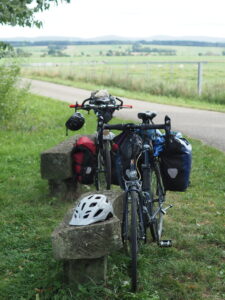
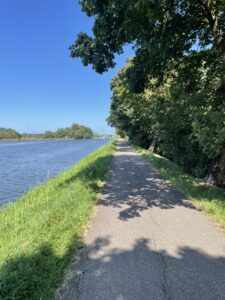
we have mixed emotions about our cycling experience in france. strasbourg for example has a great infrastructure, you always have a lane for you or at least one with the cars. the traffic in the UNESCO-zone is very calme, it’s mostly car free.
from strasbourg to nancy we took a cycling path along the marne au rhin canal, which was very well developed. a big part of it led through the vallée des écluses, very very beautiful.
the rest of the french cities we visited were ok to cycle, like in germany. we would say: at least they tried.
the rest of the journey through france we cycled along the moselle. quite easy to do and nice but not very interesting. there is a lot of abandoned industry, because they used to use the river for transportation.
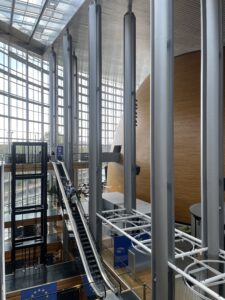
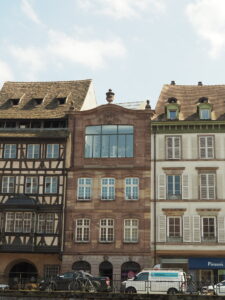
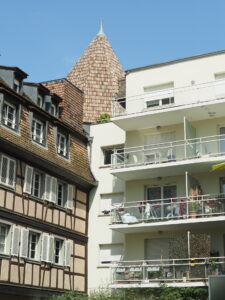
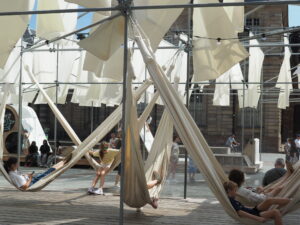
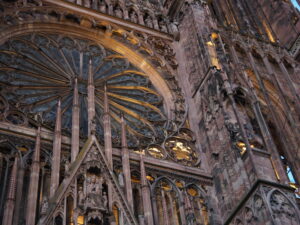
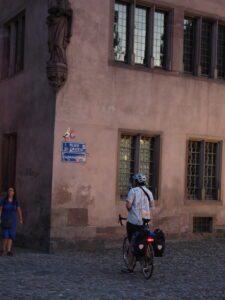
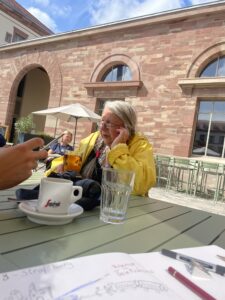
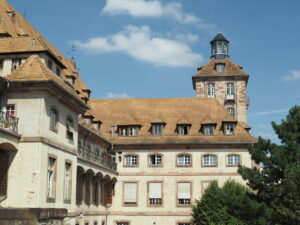
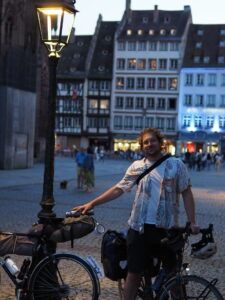
strasbourg:
it is in a way similar to regensburg with the ‚grand ill‘ which is free of traffic. that is the island in between the canals. everything seems to be new (or newly renovated) and polished. it’s a small city in between some canals, so yes somehow very similar to regensburg.
we liked the flair in krutenau, a part of the city near the university.
what we noticed is that nobody is going for a swim in rivers or canals, we yet don’t know why.
we met an old lady who didn’t want to tell us her name. but we talked a lot about the war and how it affected her and her family as well as the streets she grew up in.
we think strasbourg is making the same mistake as regensburg with trying to keep the heritage as a touristic experience. we would like to see the daily life more integrated into the UNESCO-zones.
we also visited the european parliament. we were very impressed by the louise weiss – building and the big wooden egg.
We are both locals from Regensburg and our goal for these travels is it to compare our way of living in a World Heritage city to others. To achieve this we had to learn more about our origin, the city of Regensburg. We were invited by the team to have a tour of the ‘UNESCO Besucherzentrum Welterbe Regensburg’.
We had a great time there and had a very exciting tour by Gabi. We, as locals, learned a lot we didn’t know already. For example, the first capital of Bavaria was Regensburg. And the German saying ‘Das Geld zum Fenster rauswerfen’ (throwing money out of the window), originates in the ‘immerwährender Reichstag’ in the 18th century. The tours there are always free for visitors and definitely worth a take.
